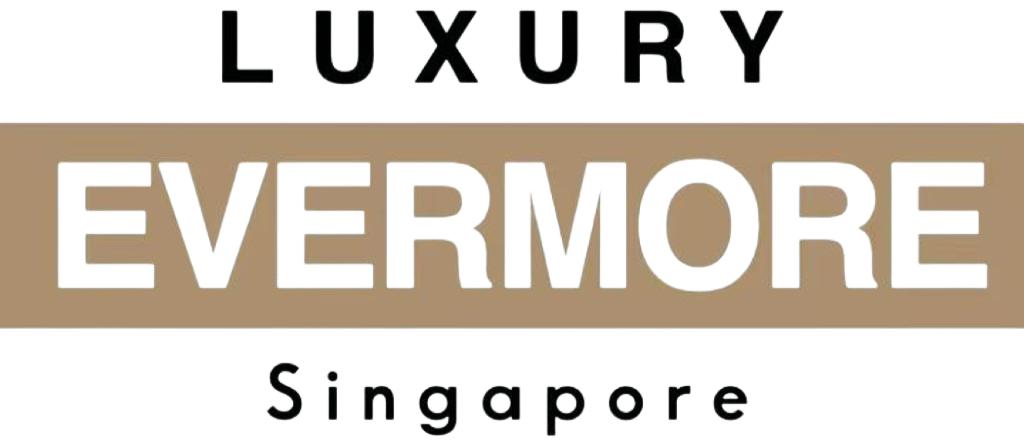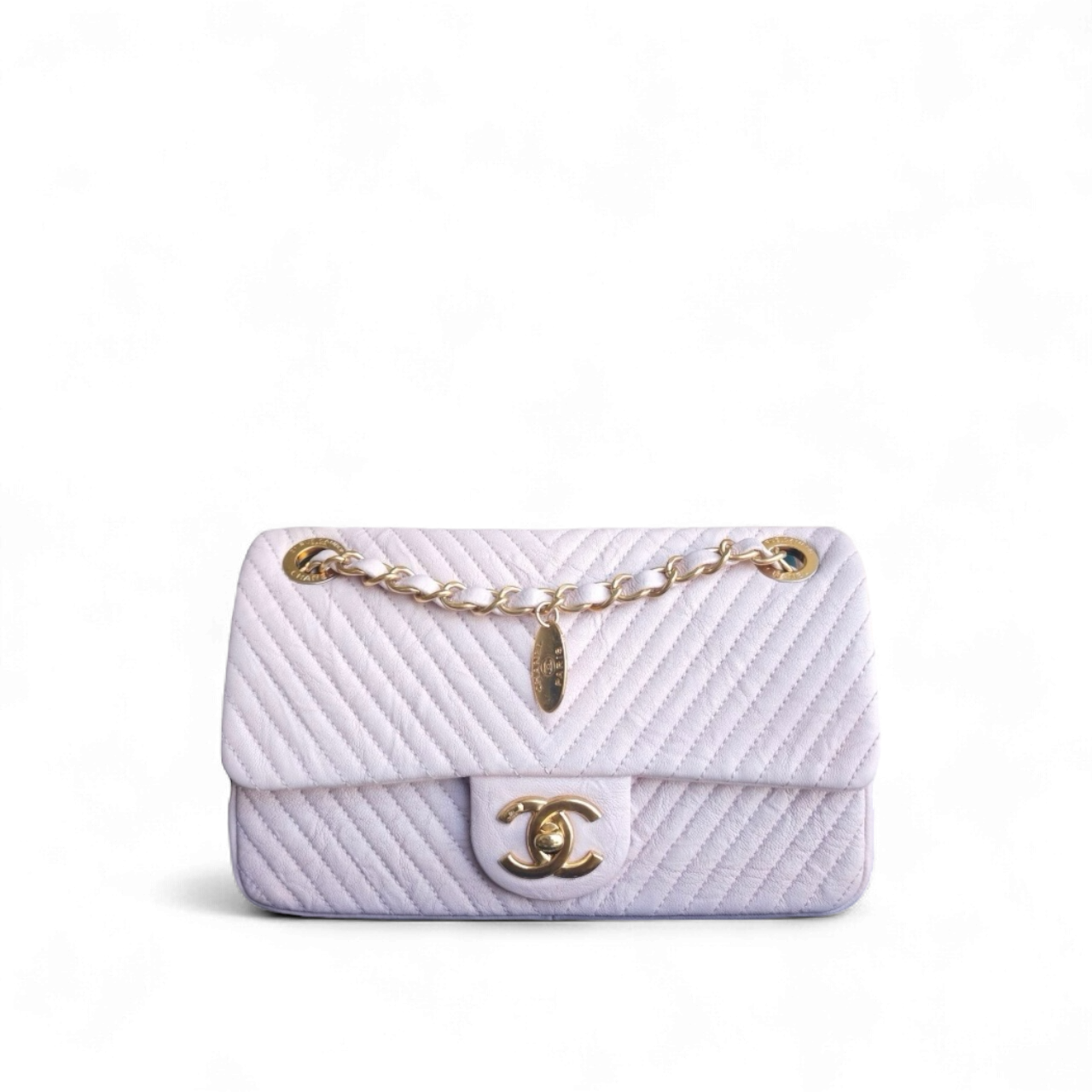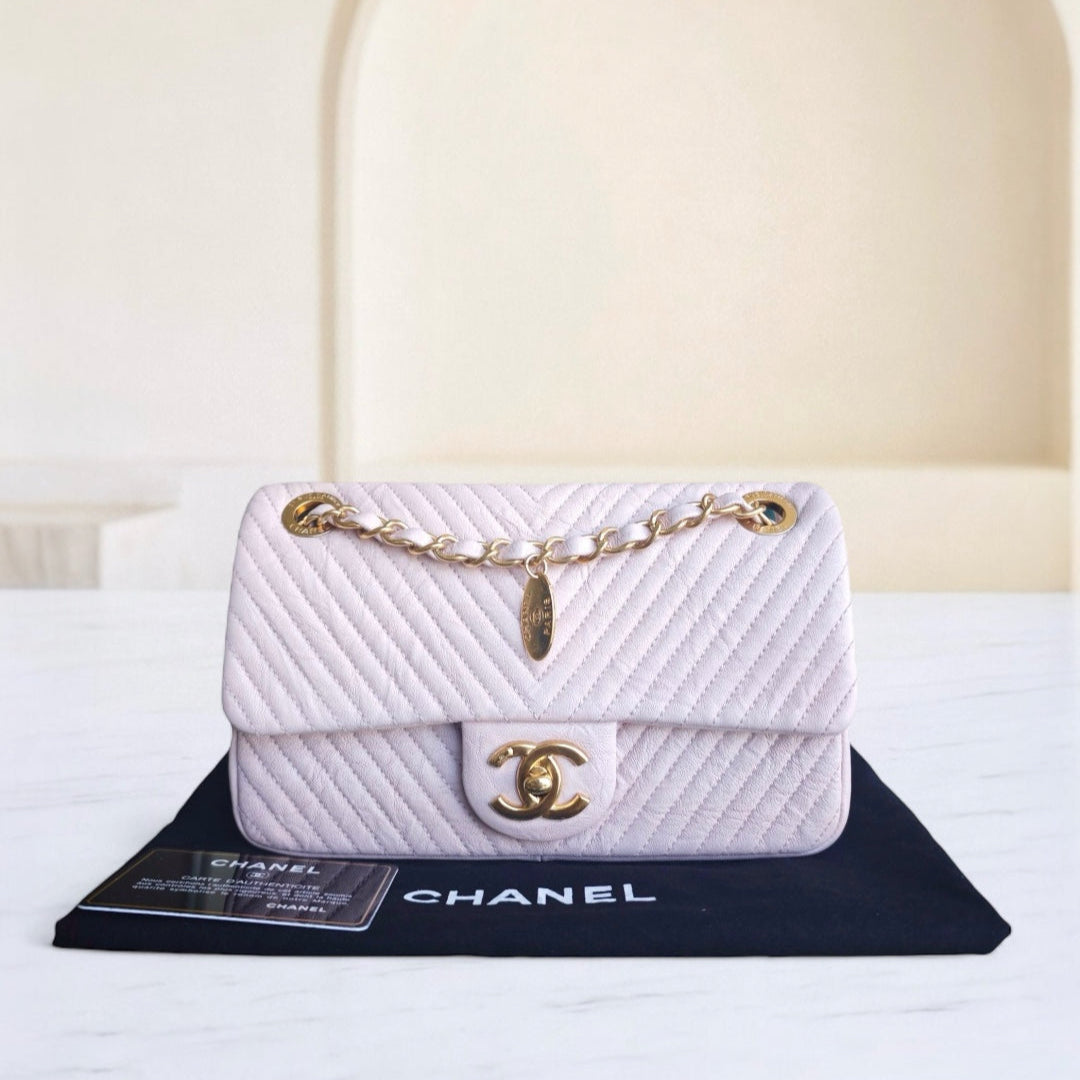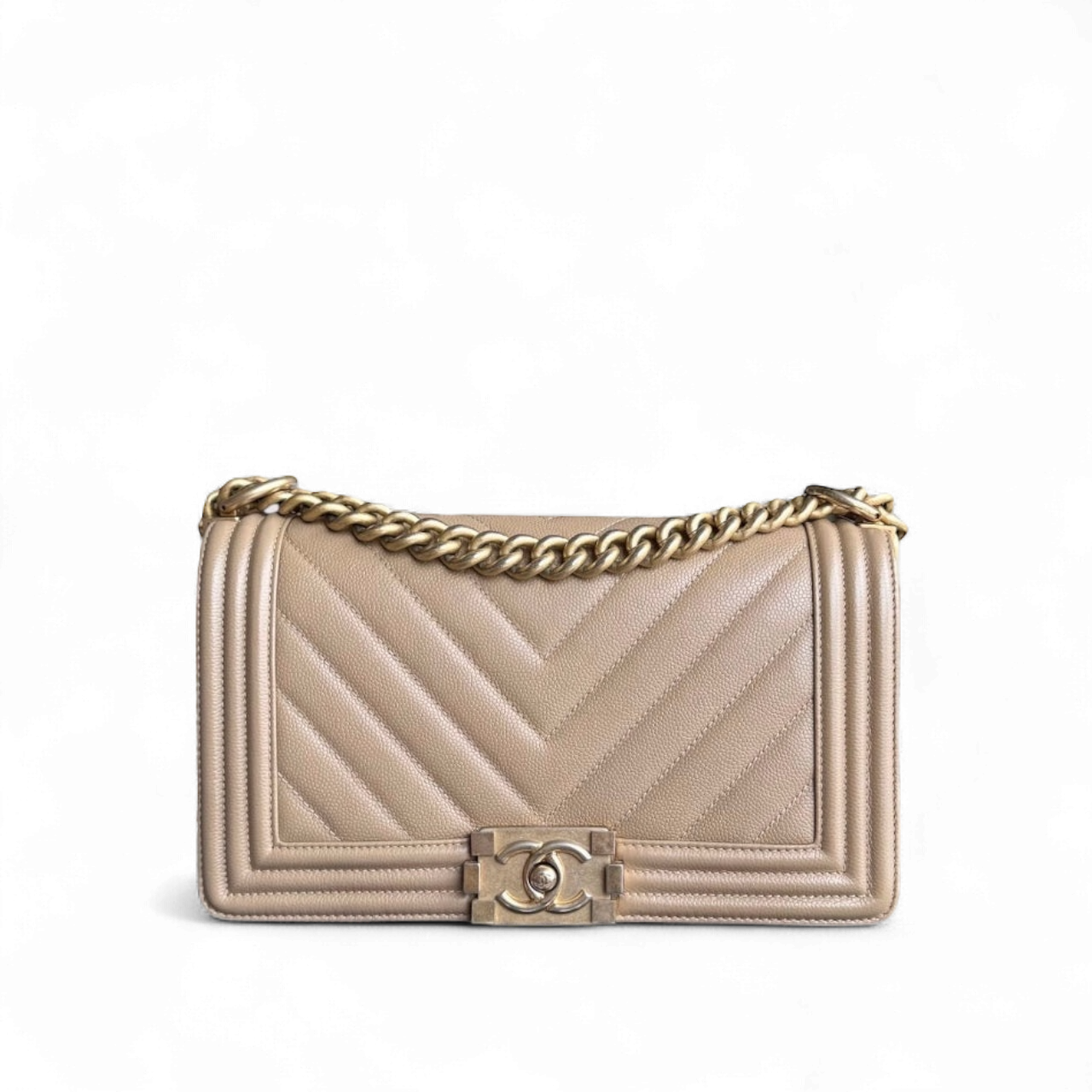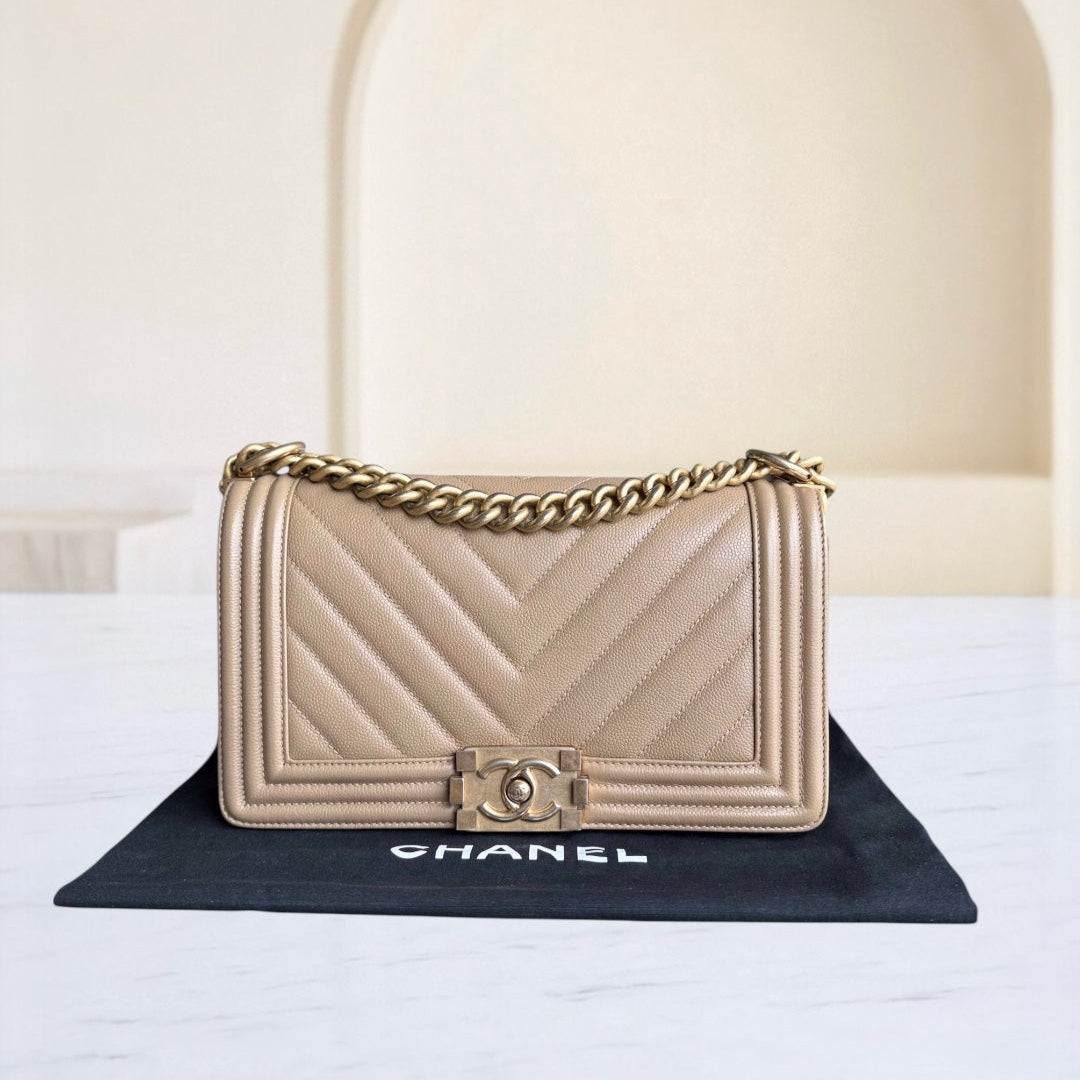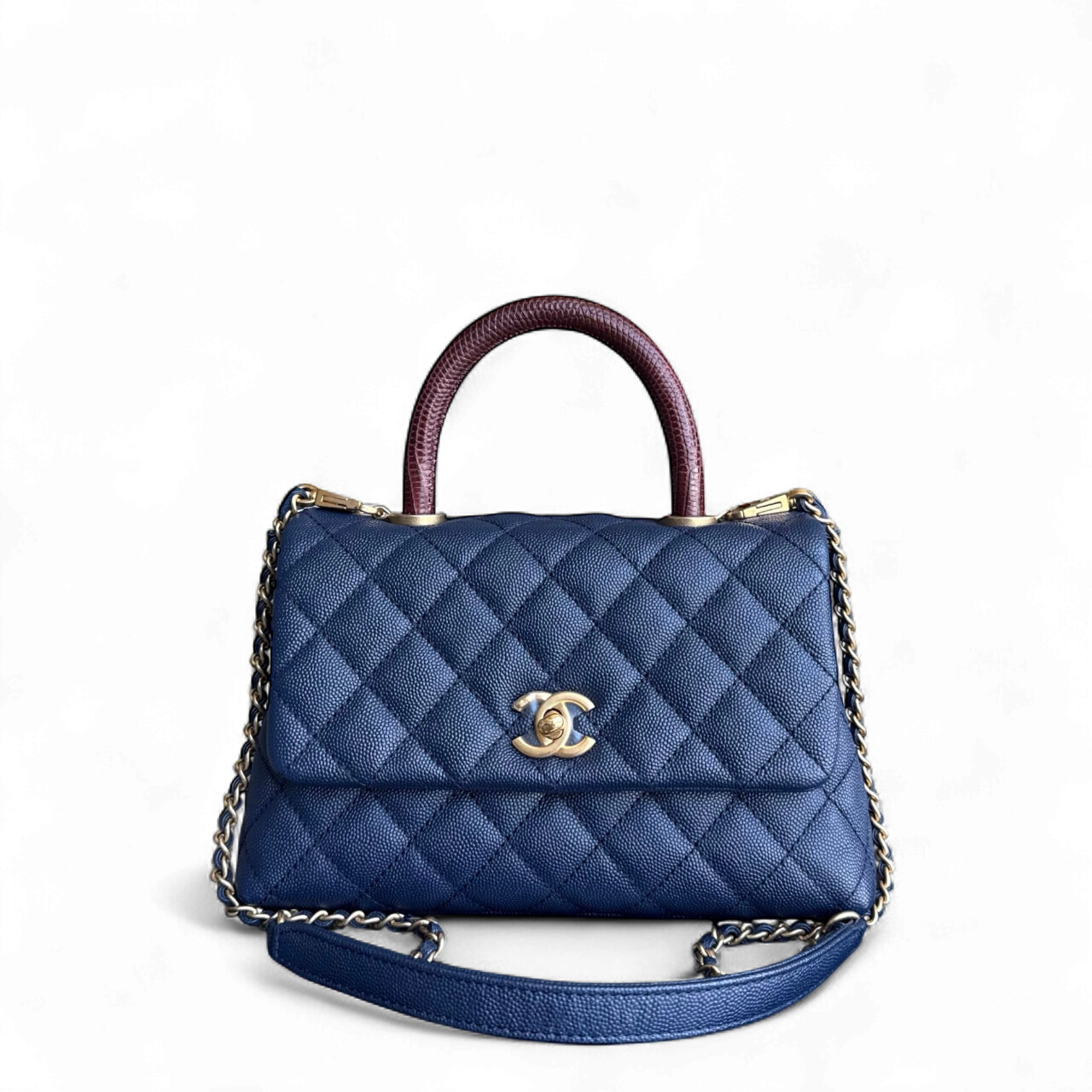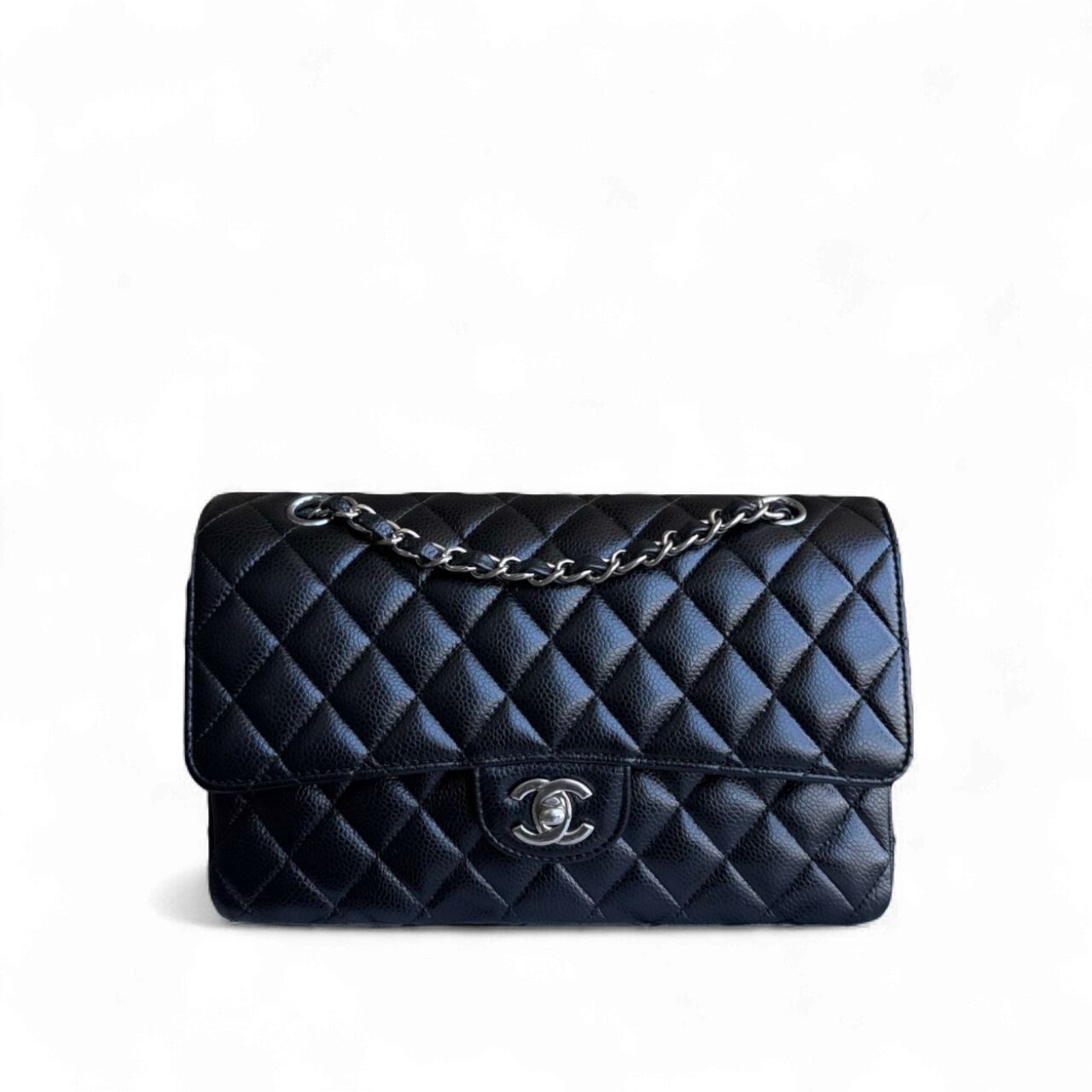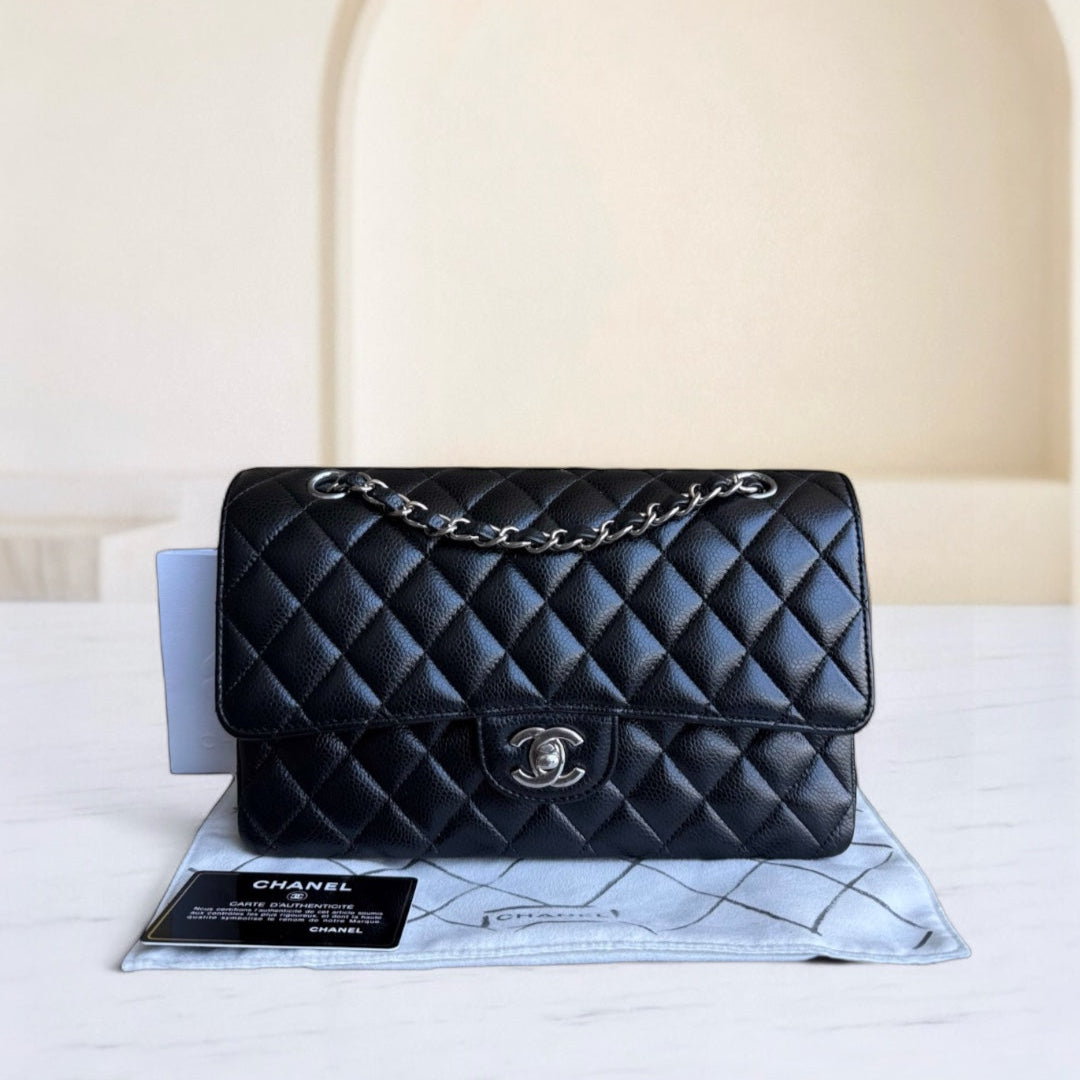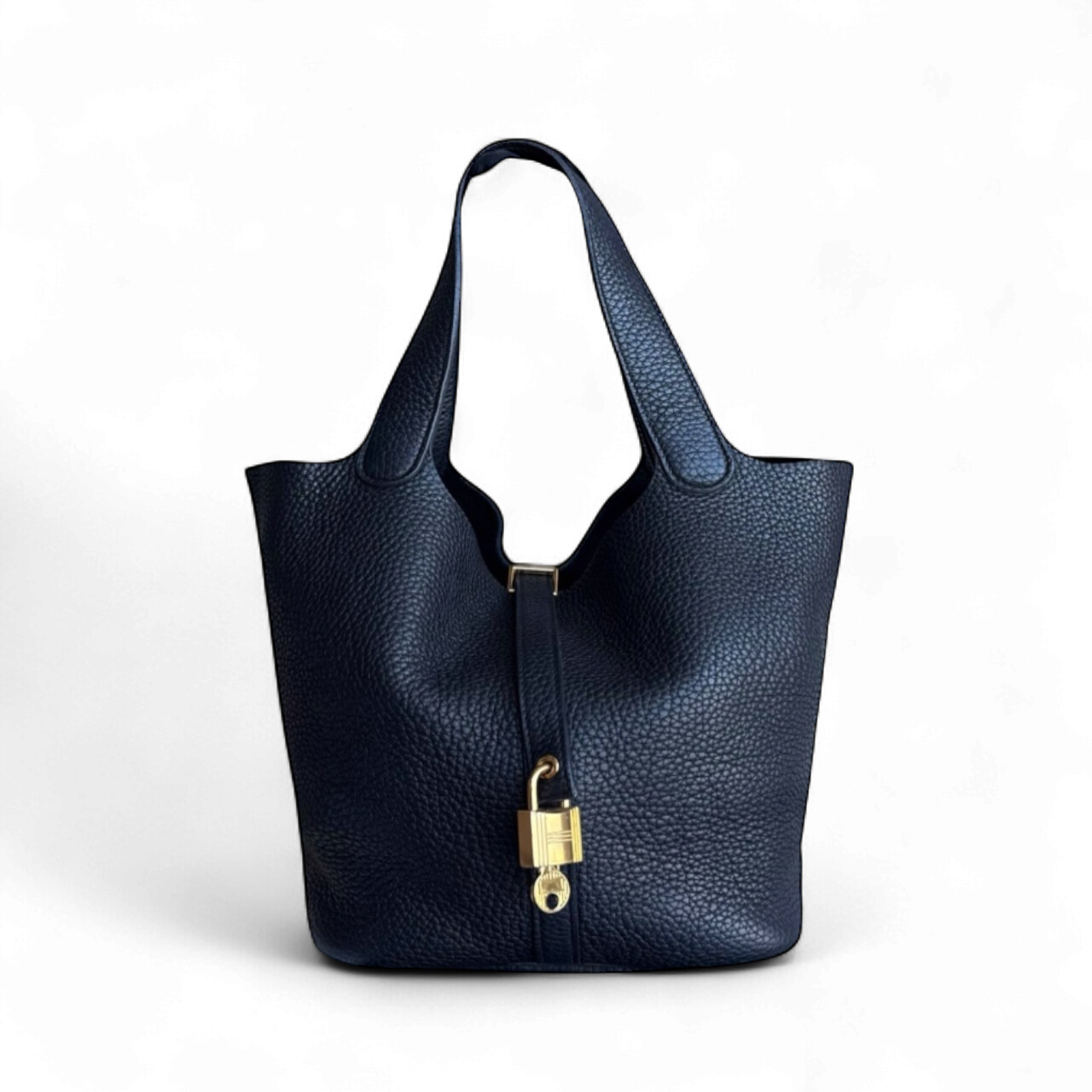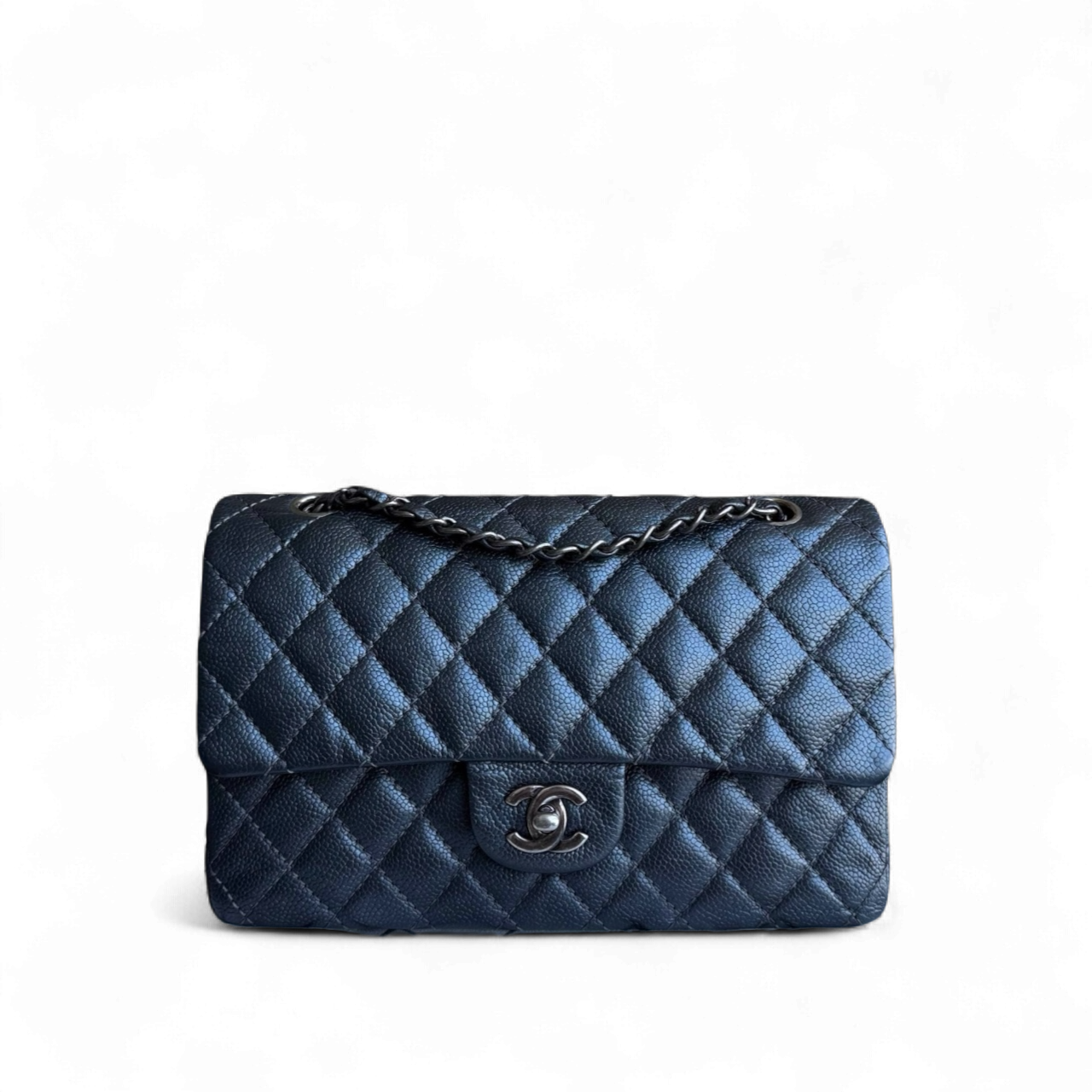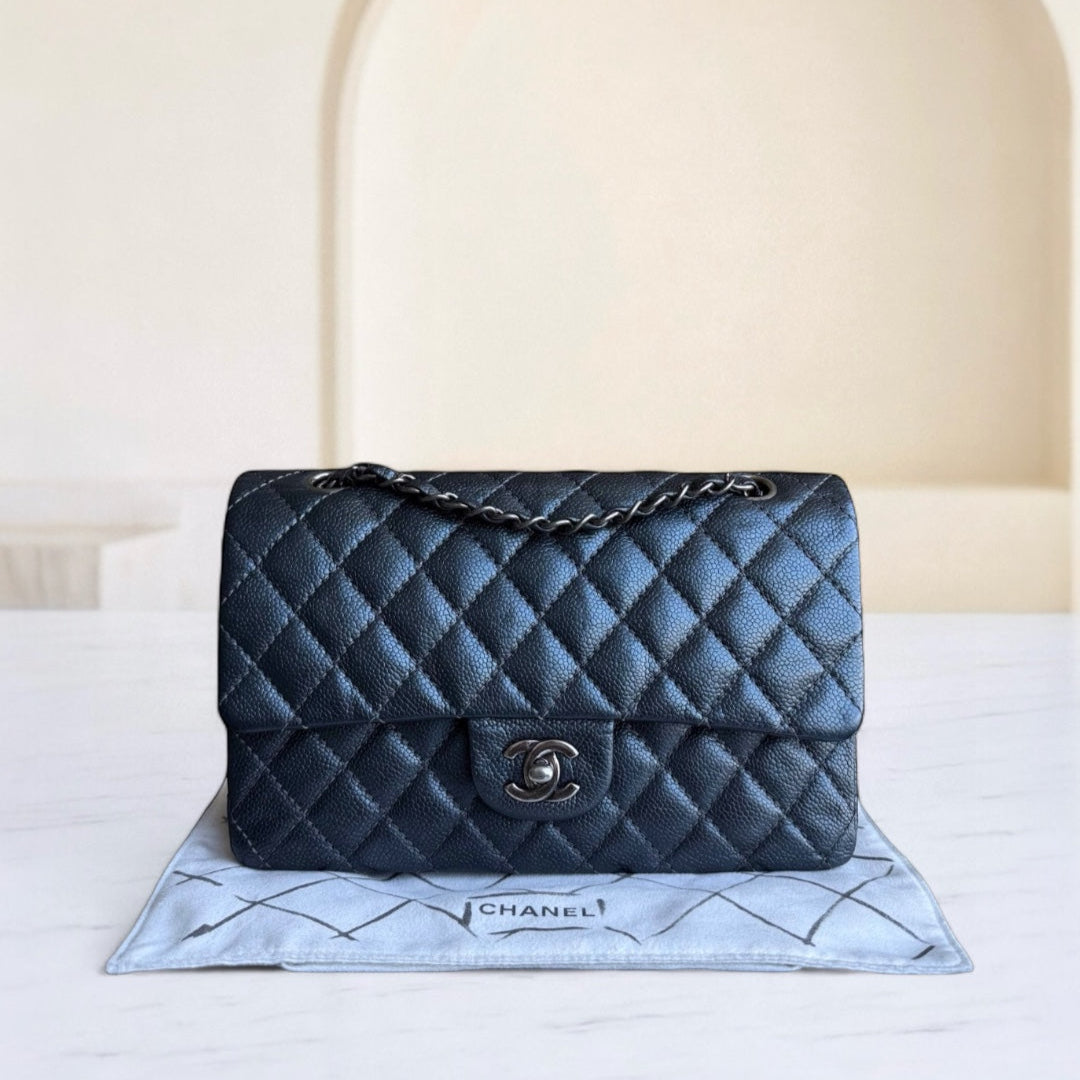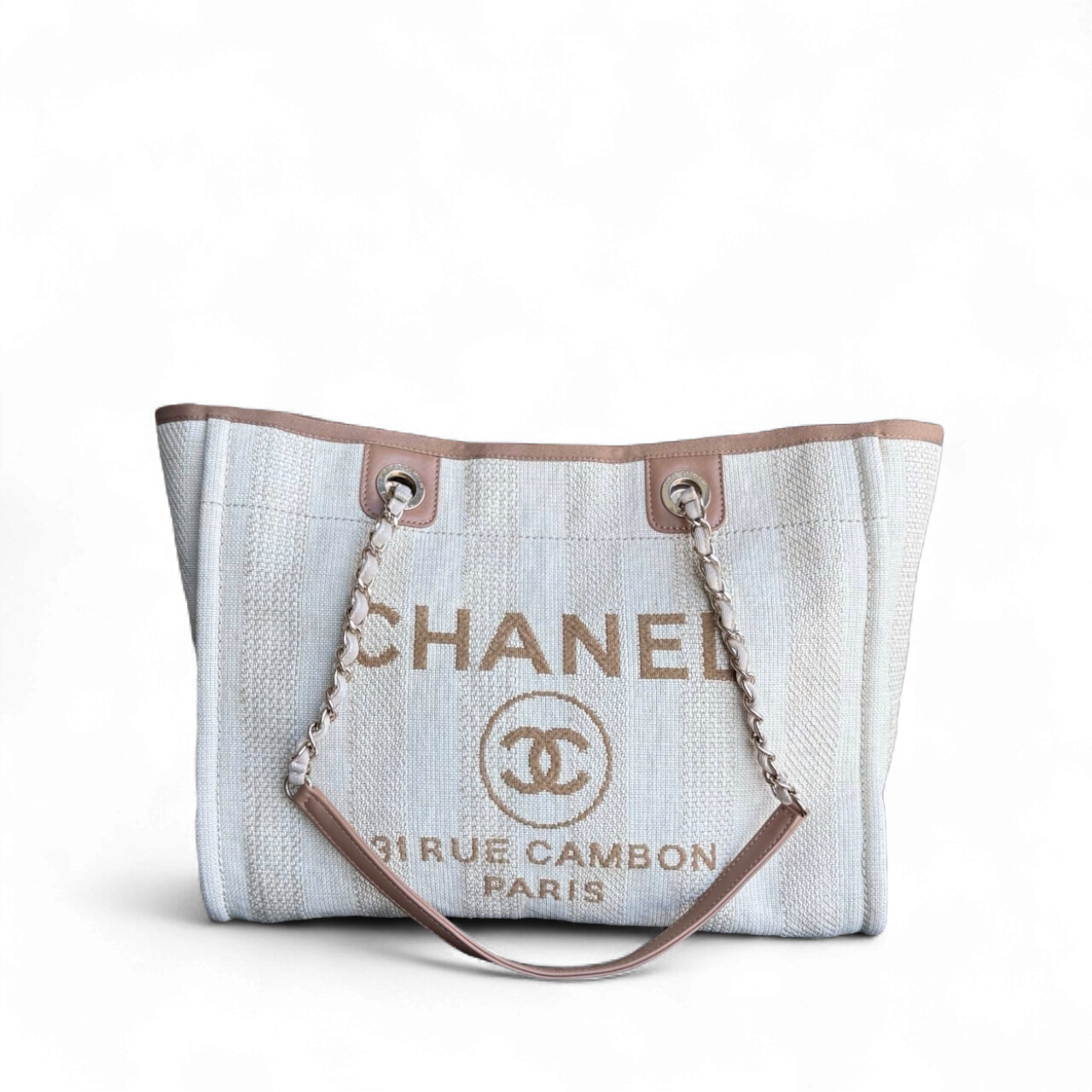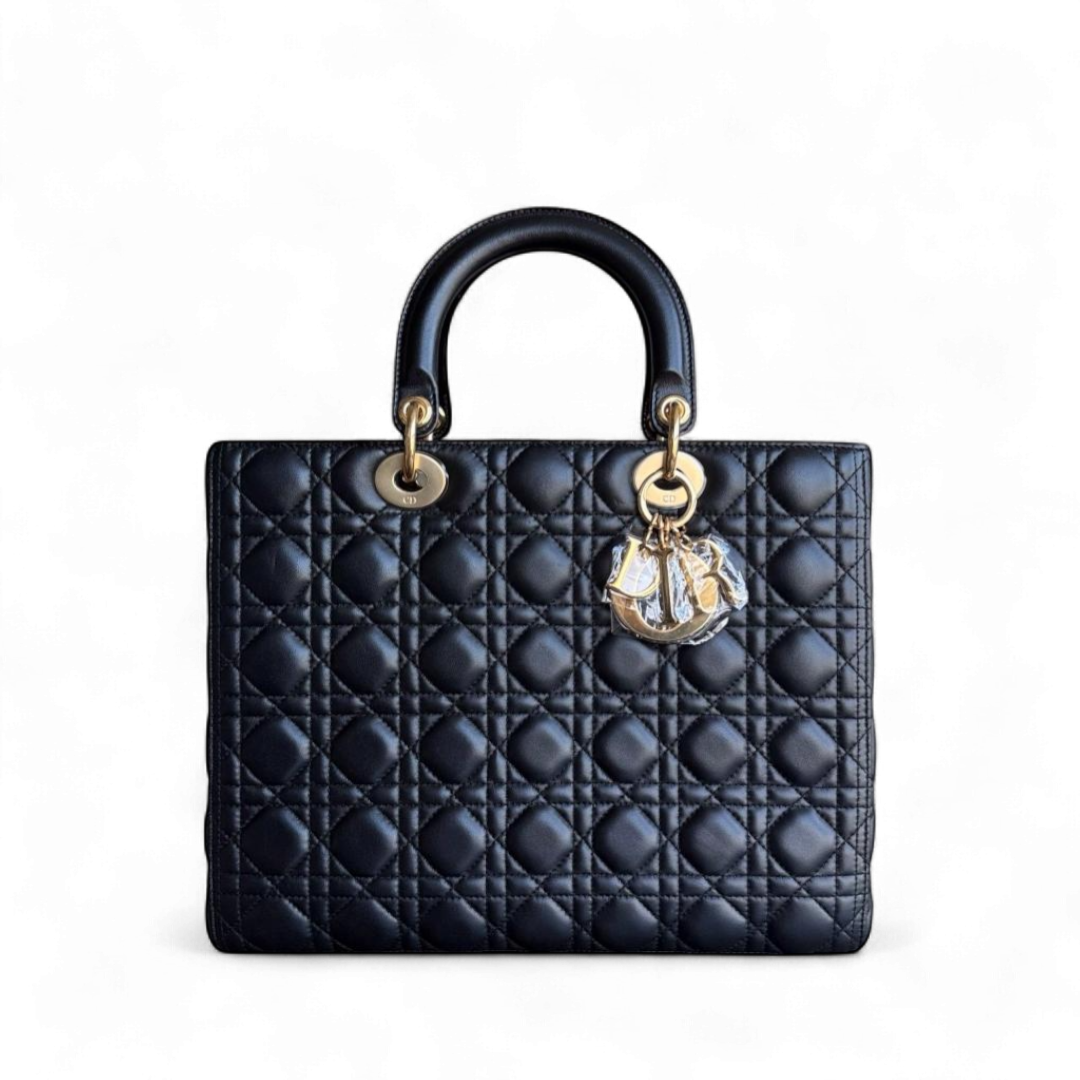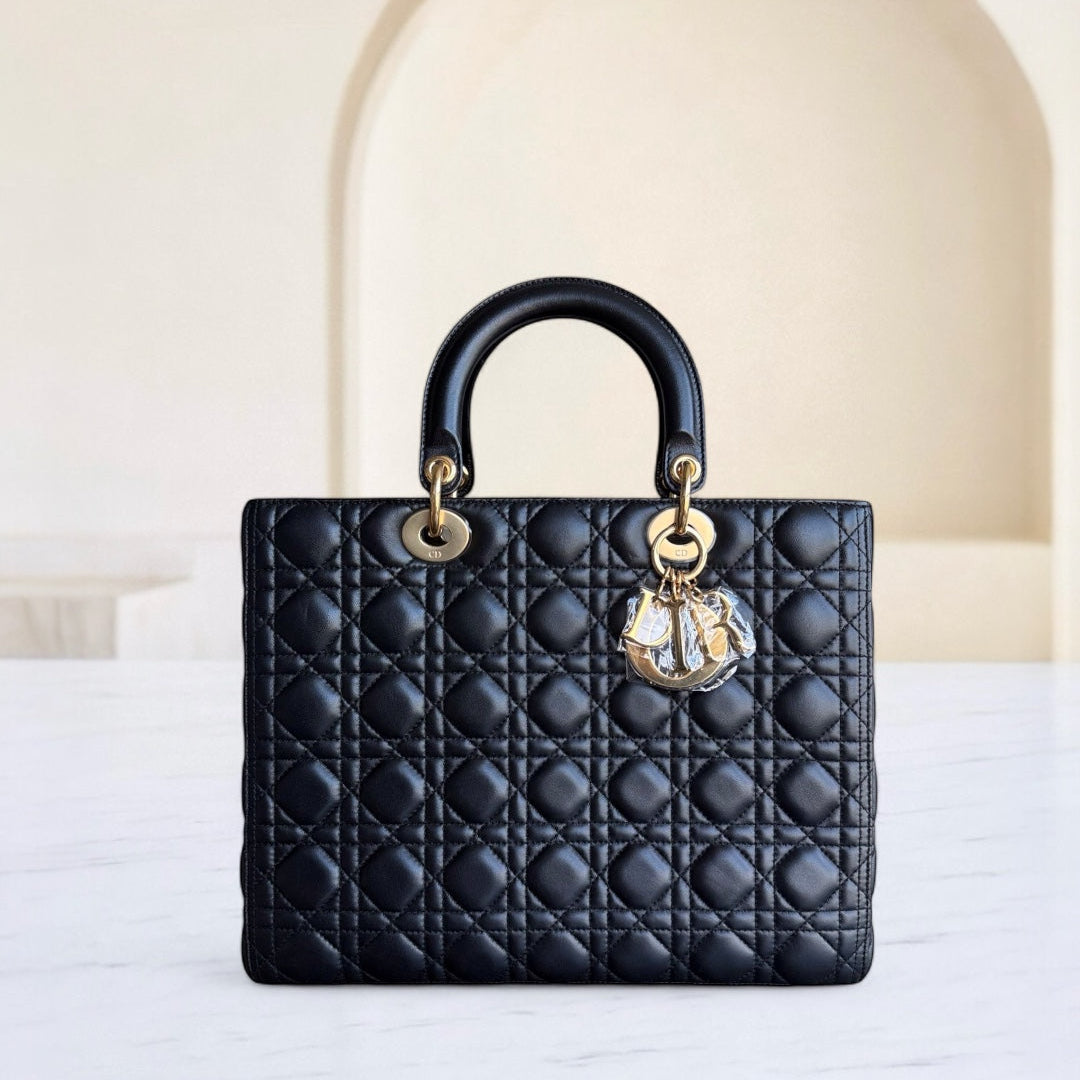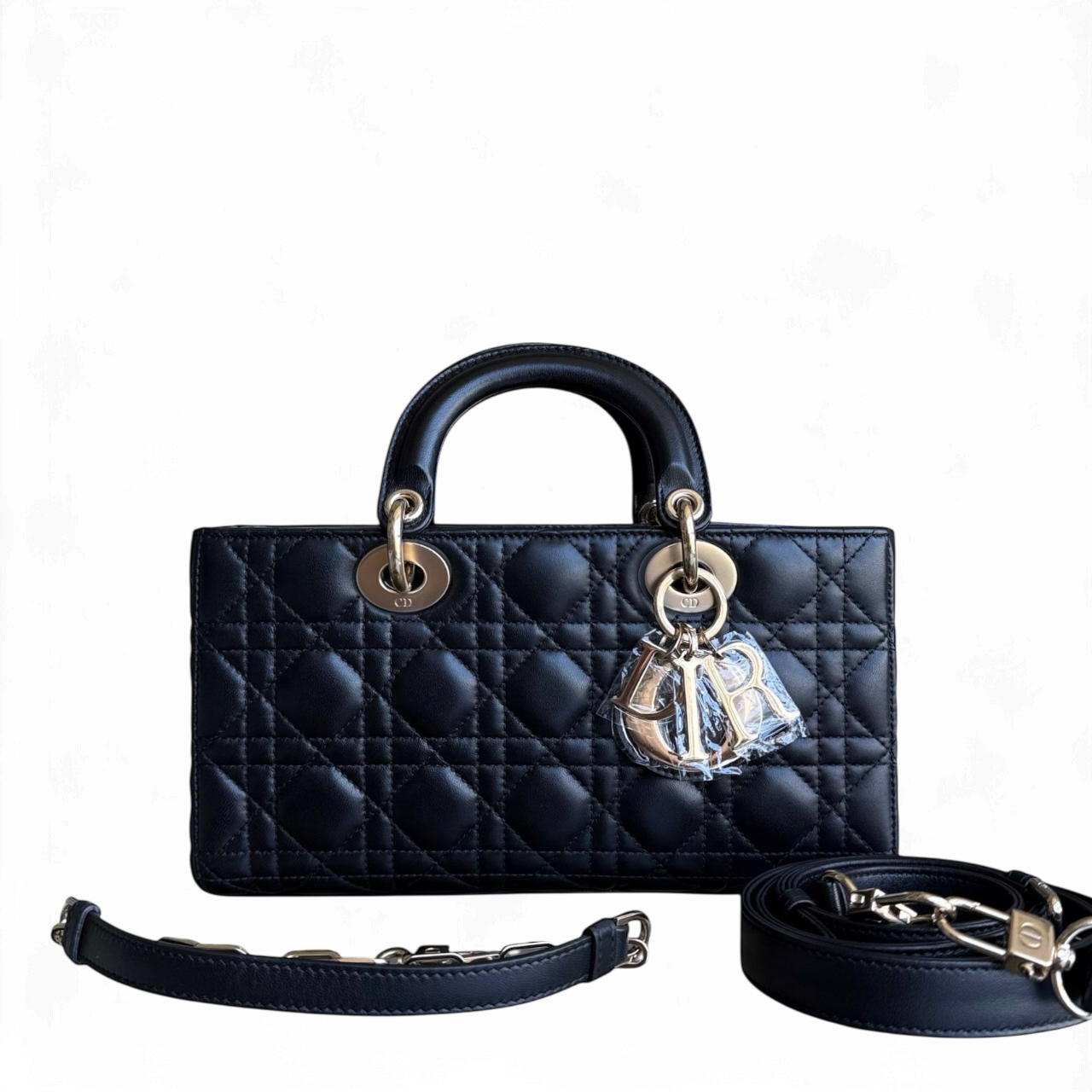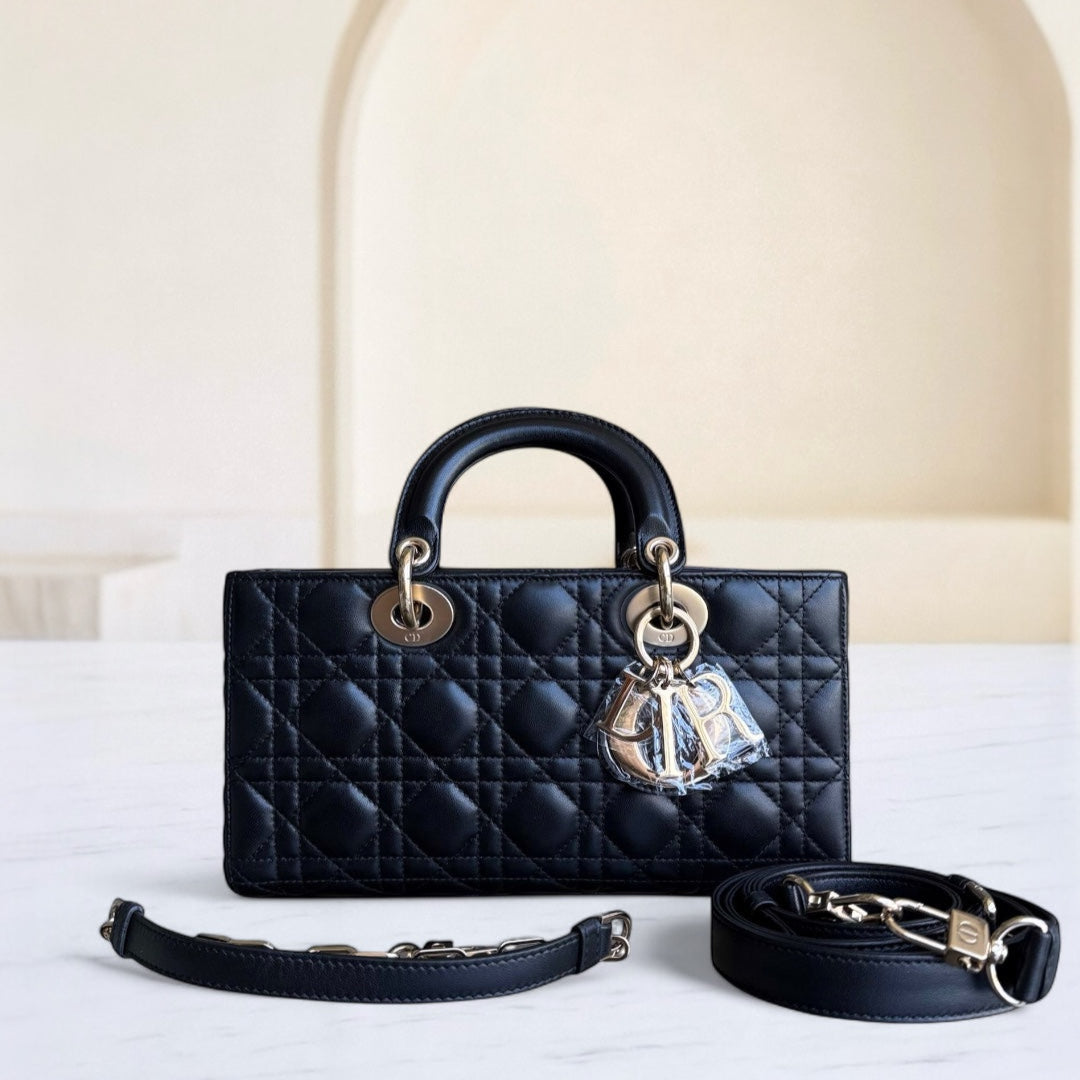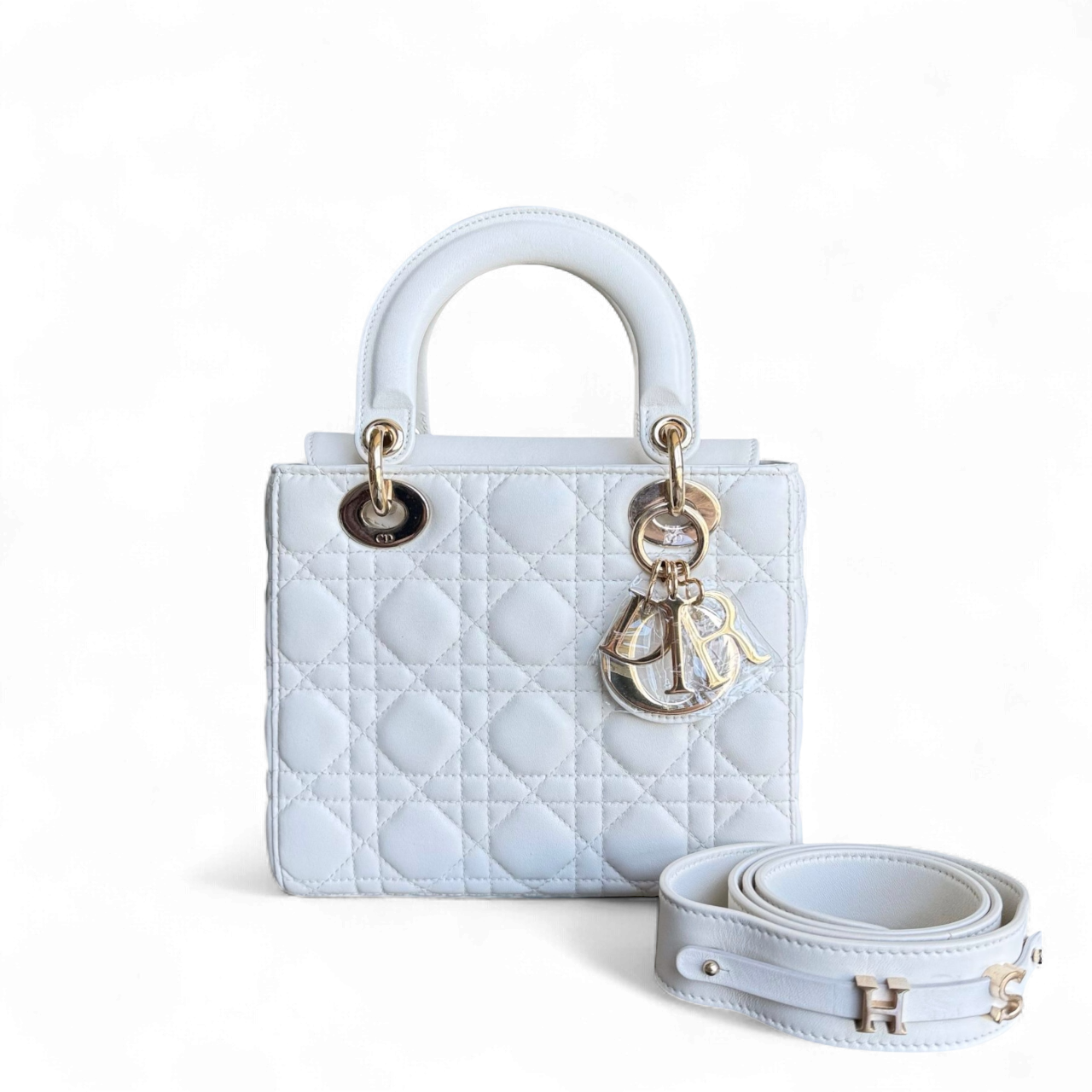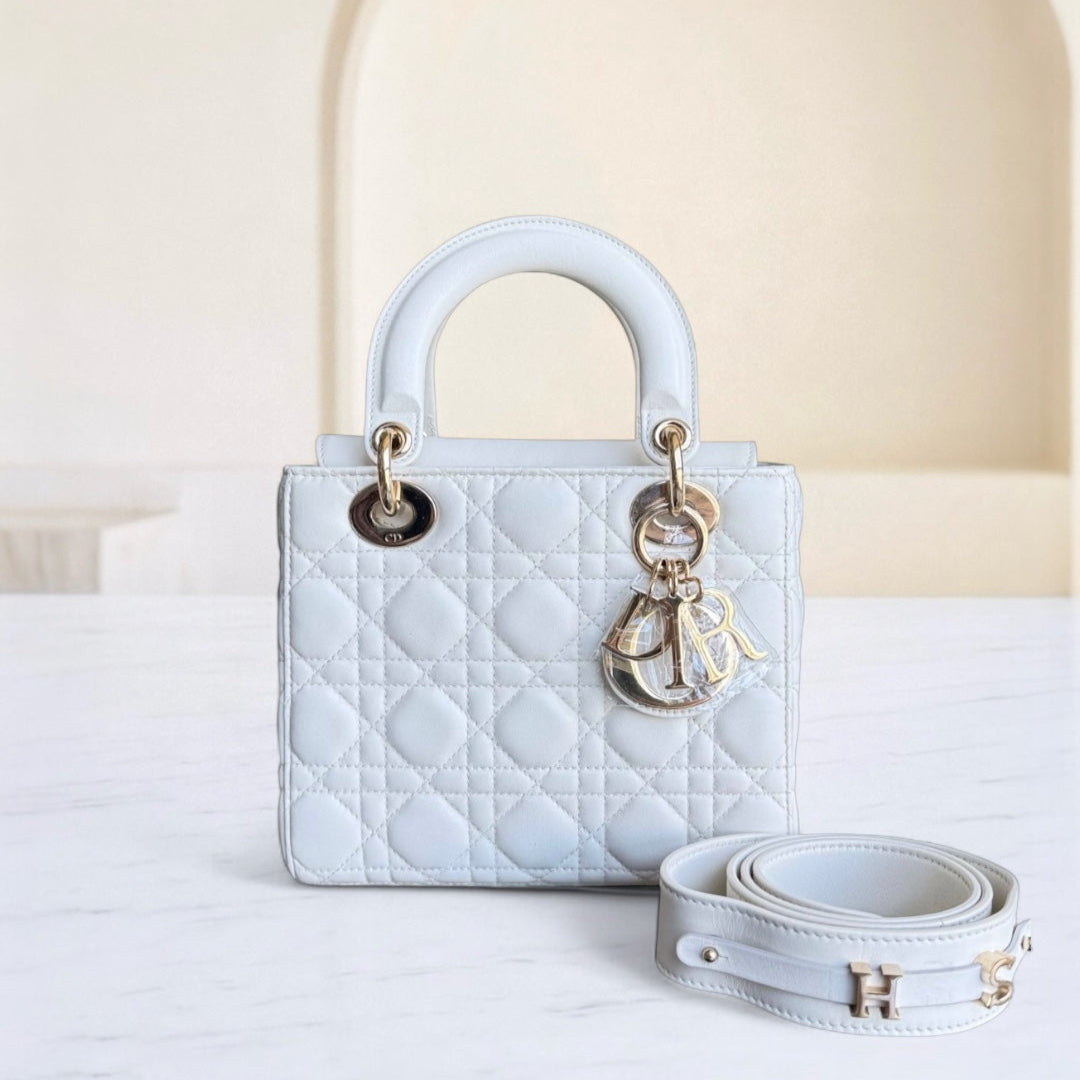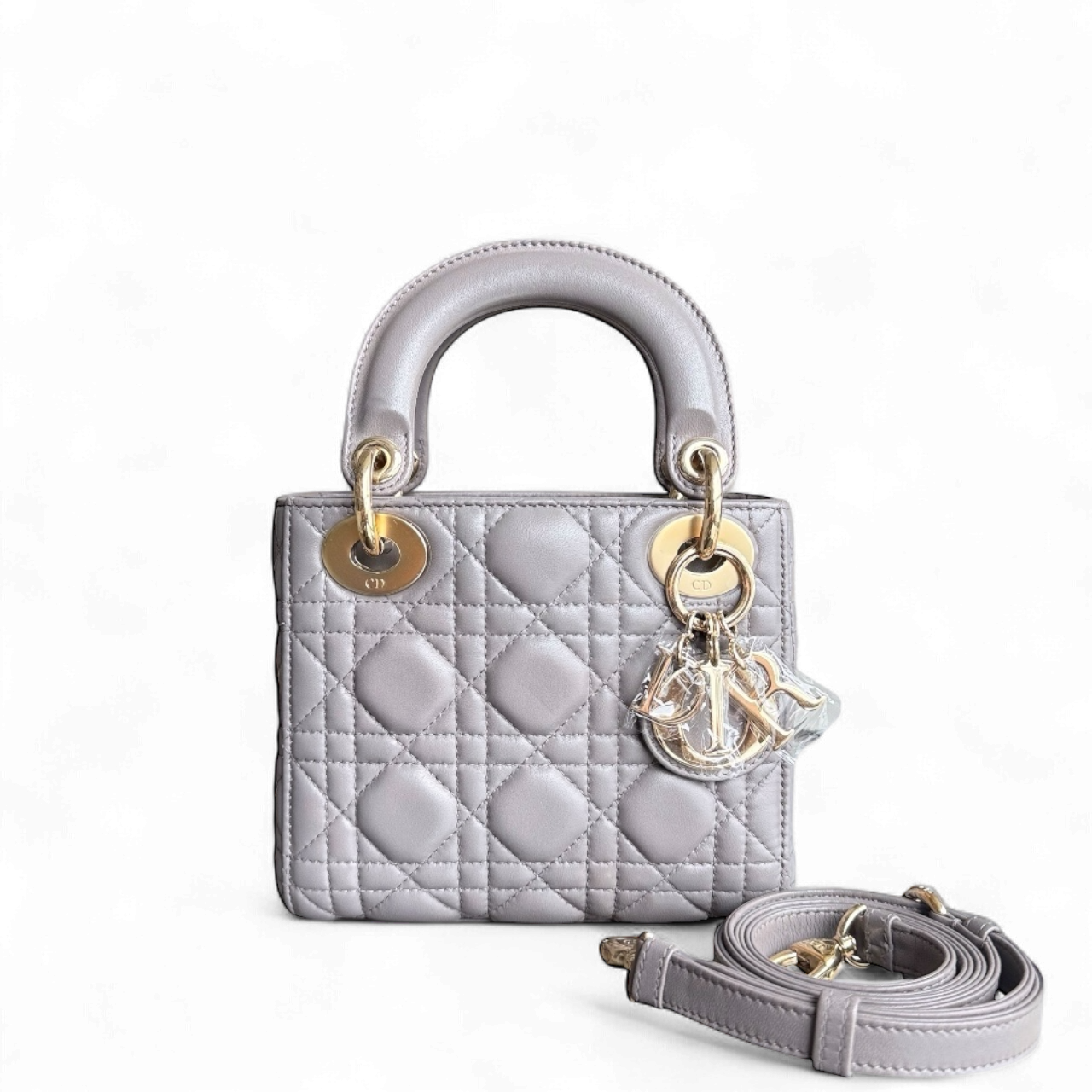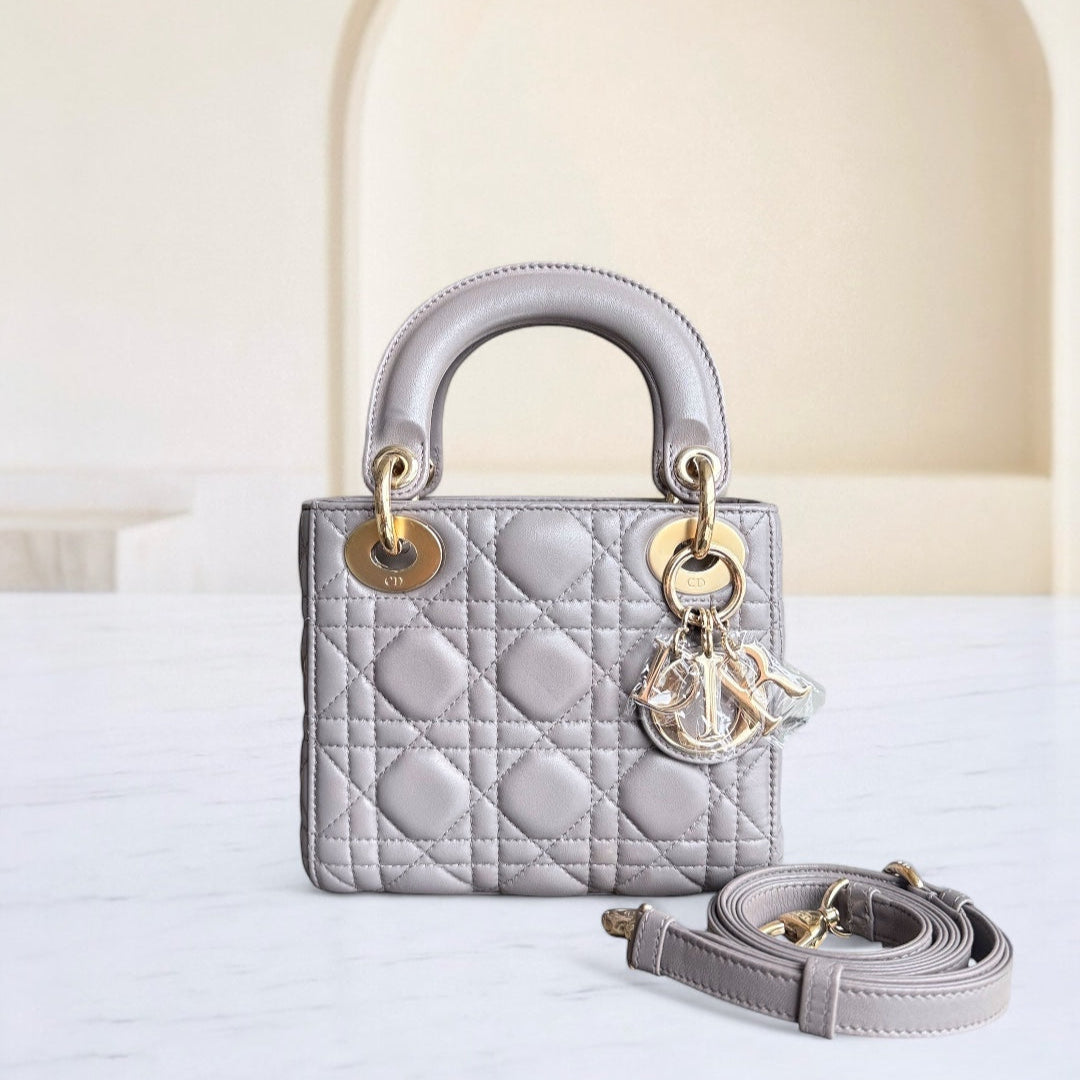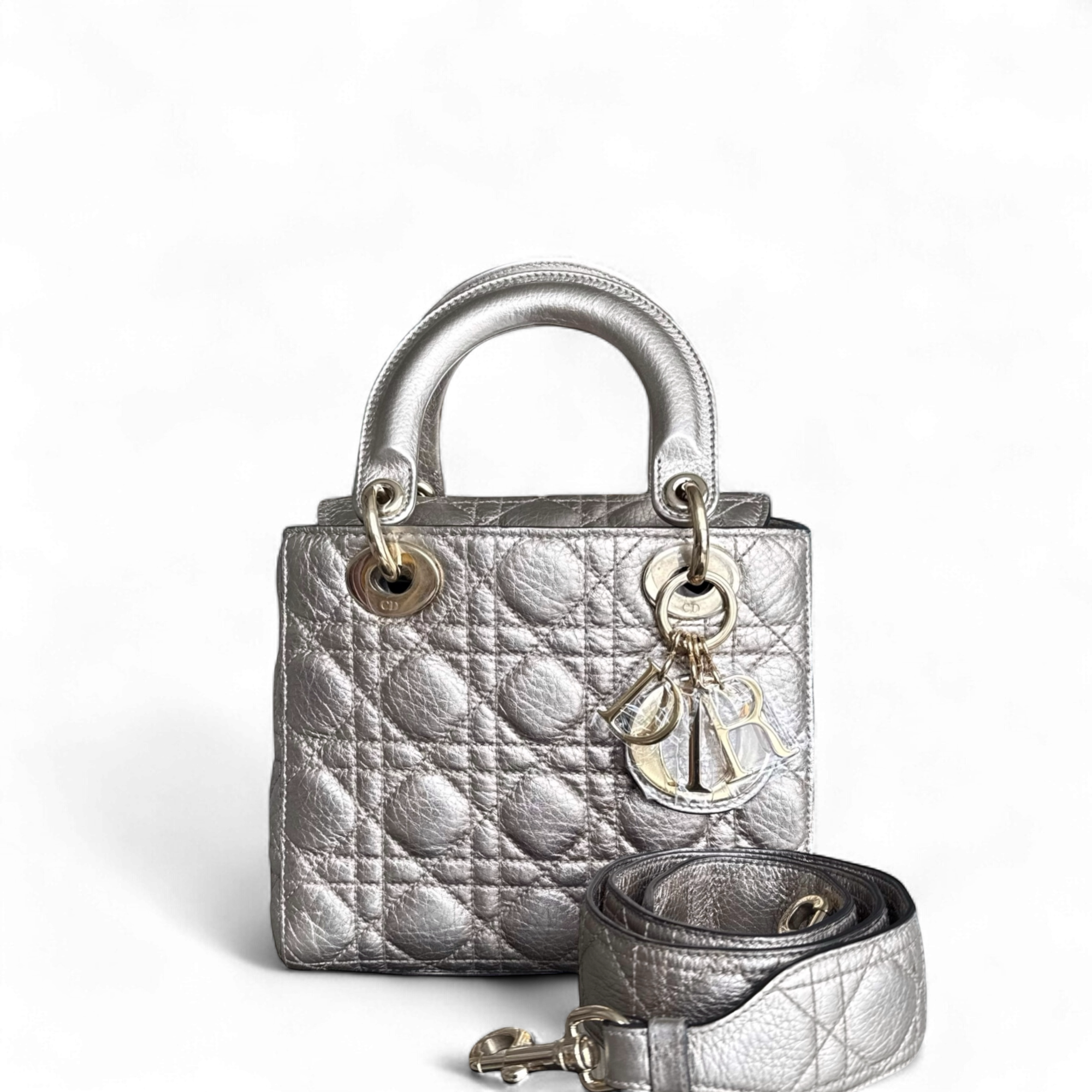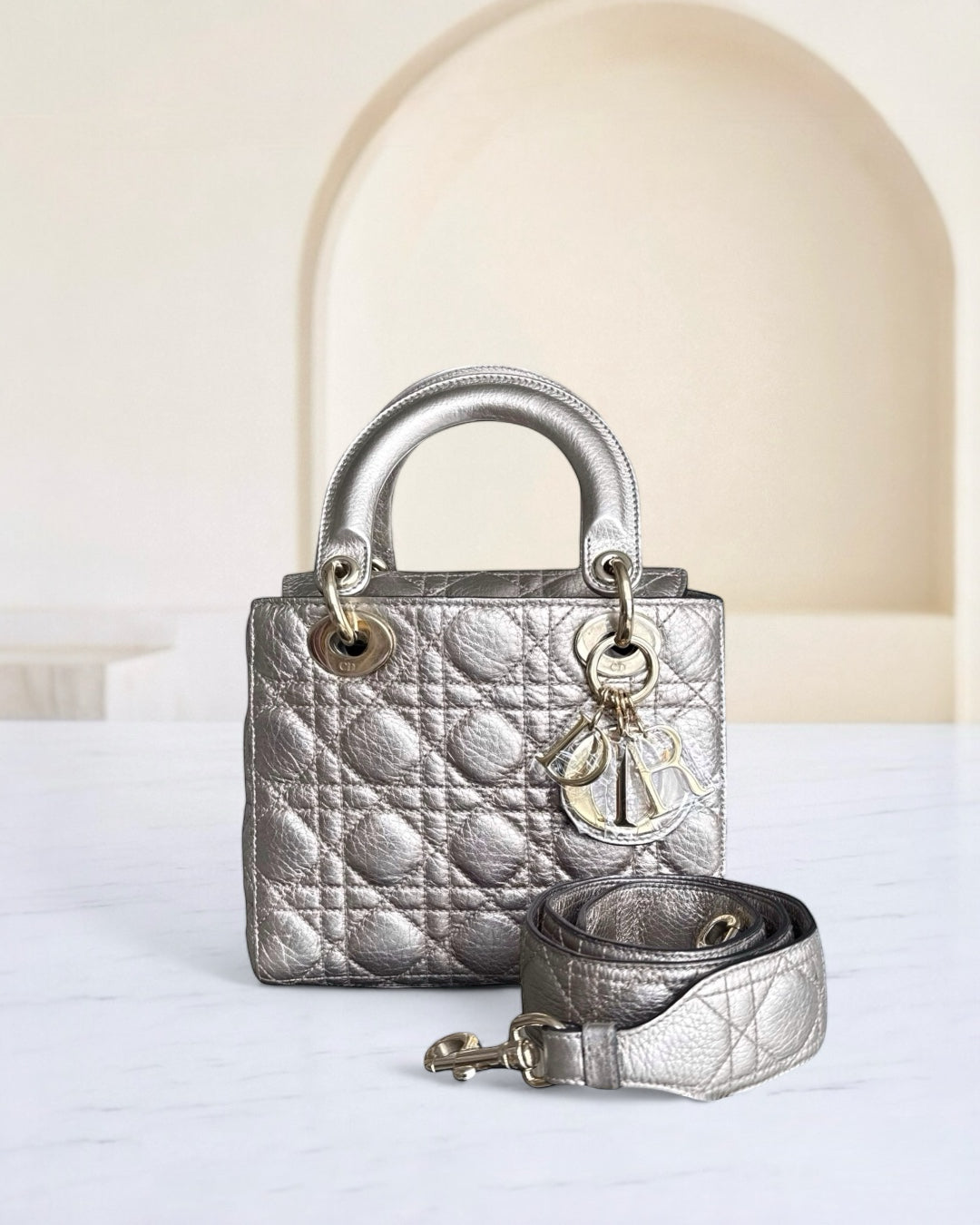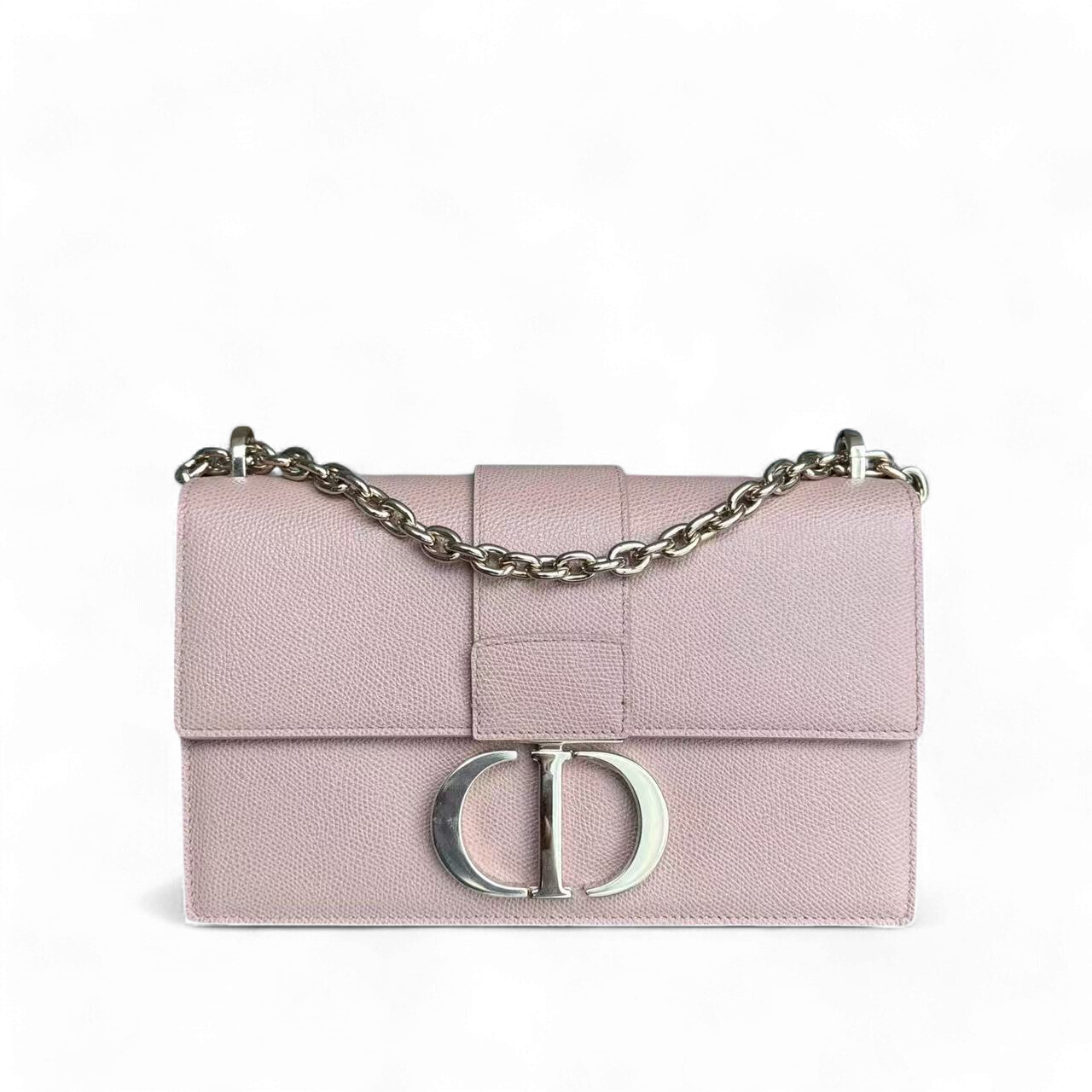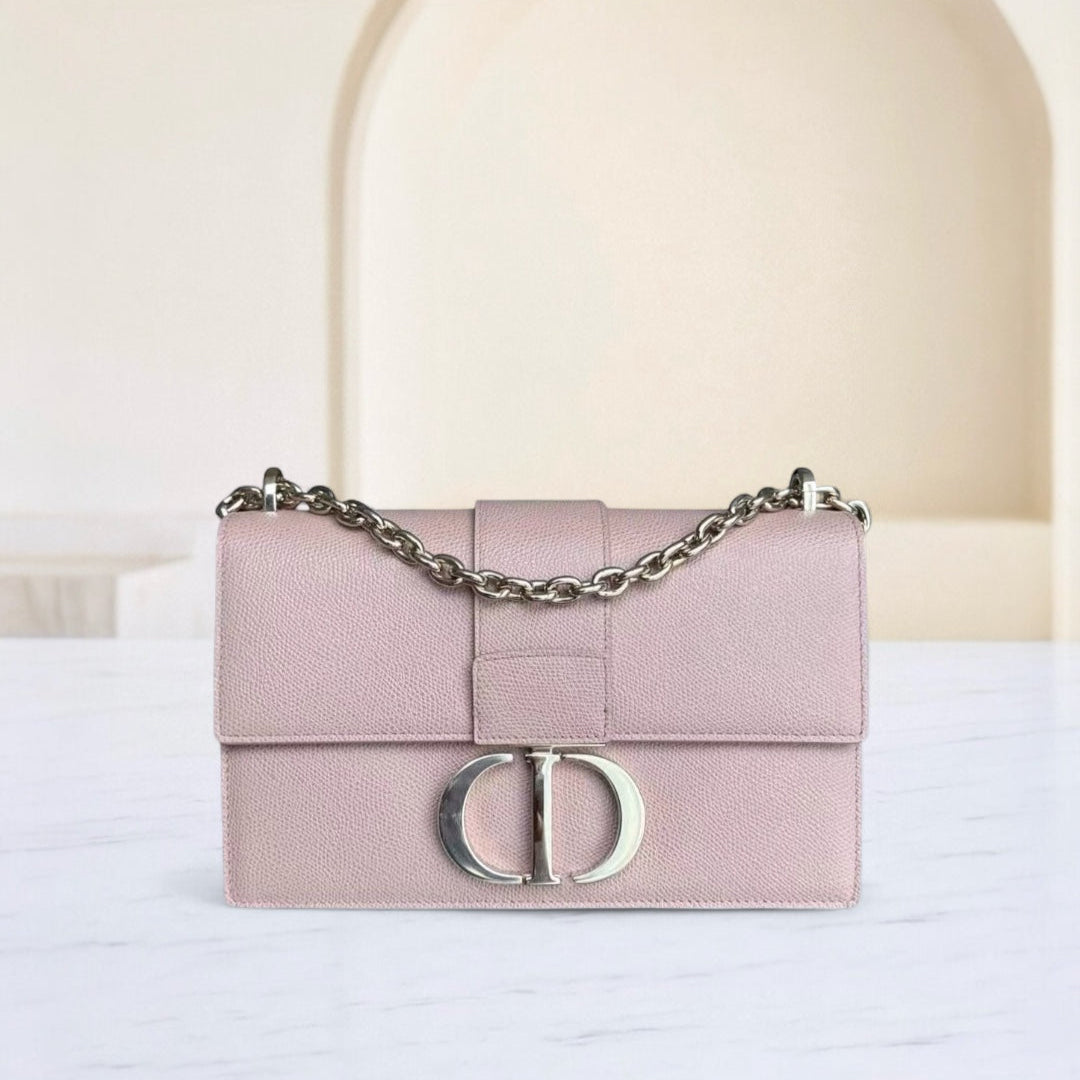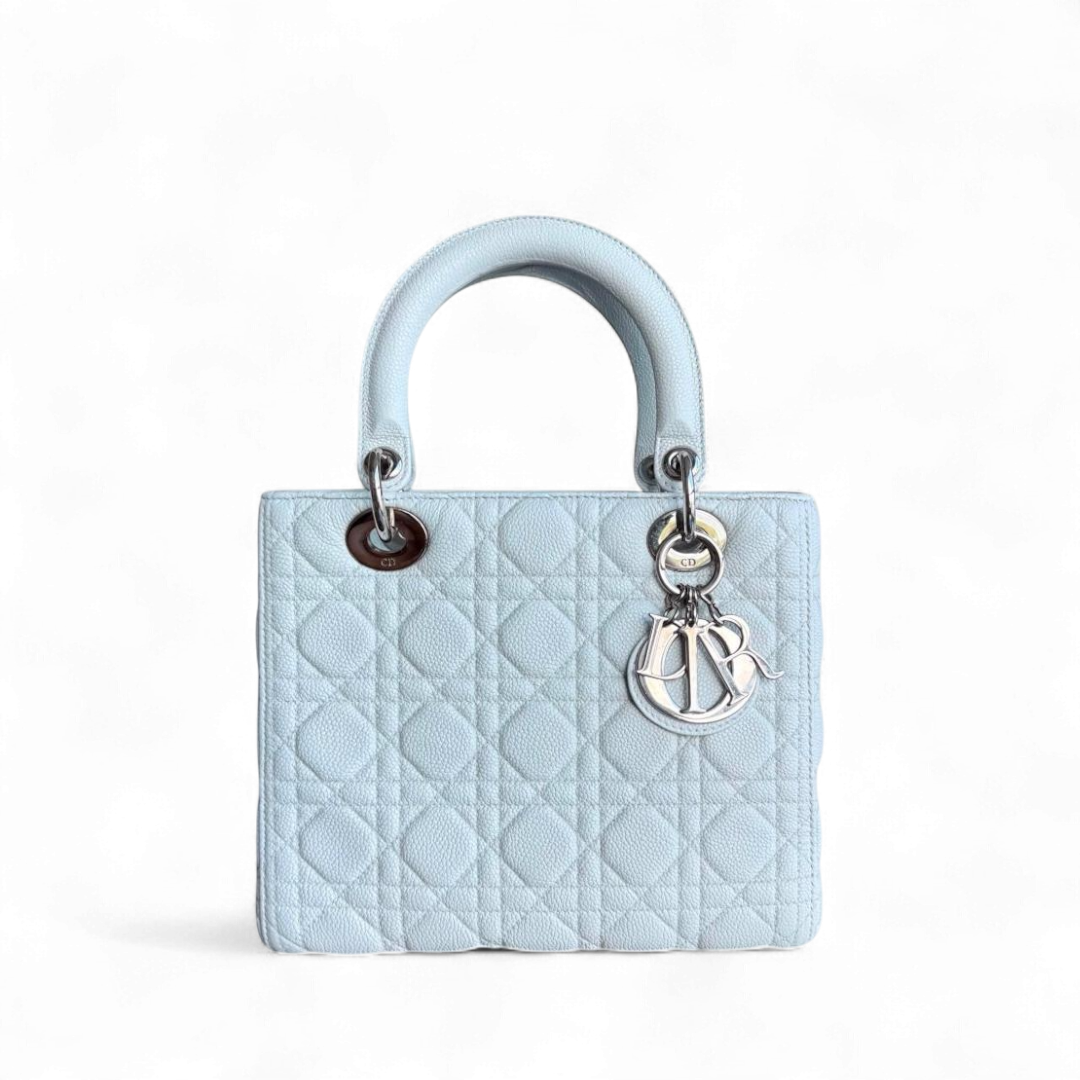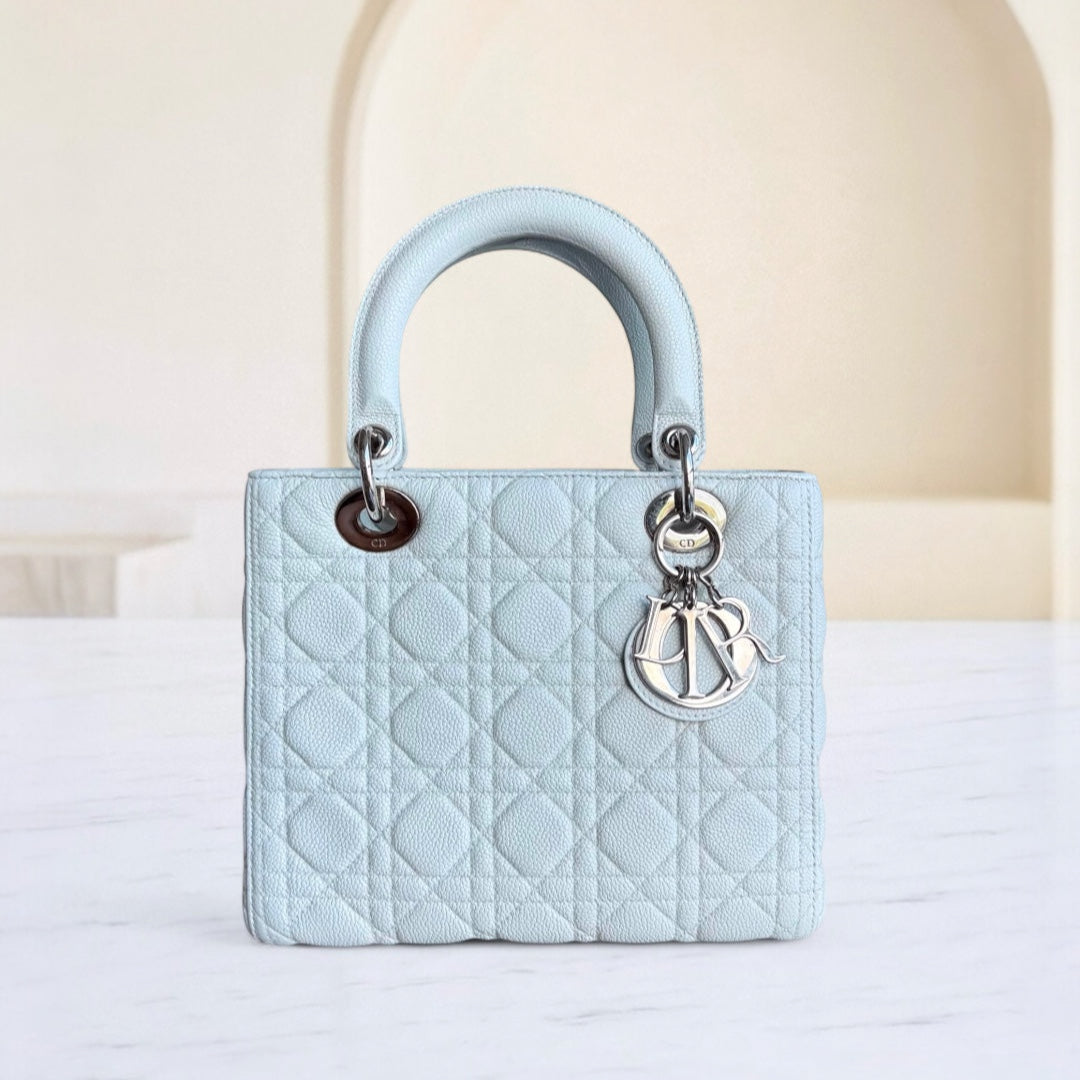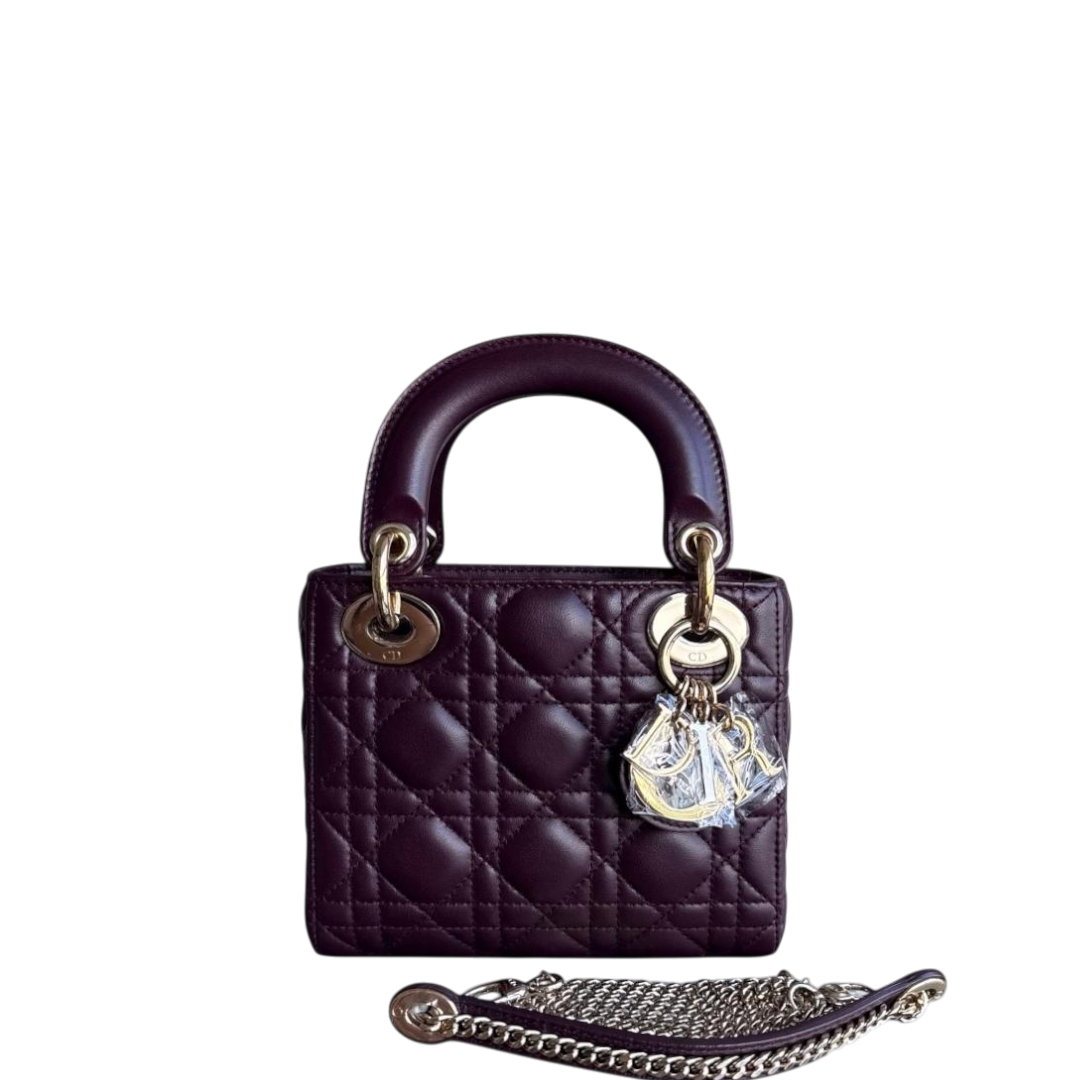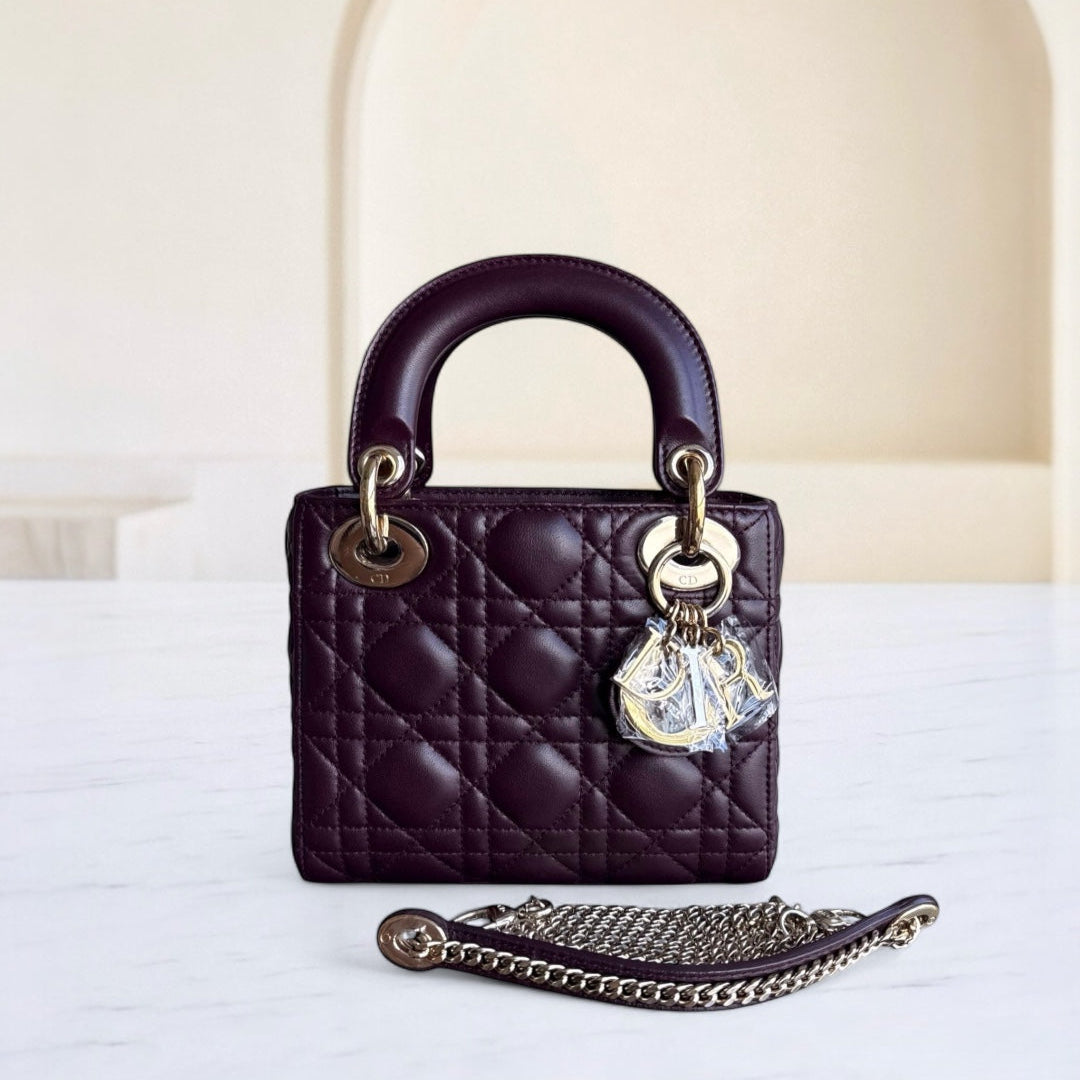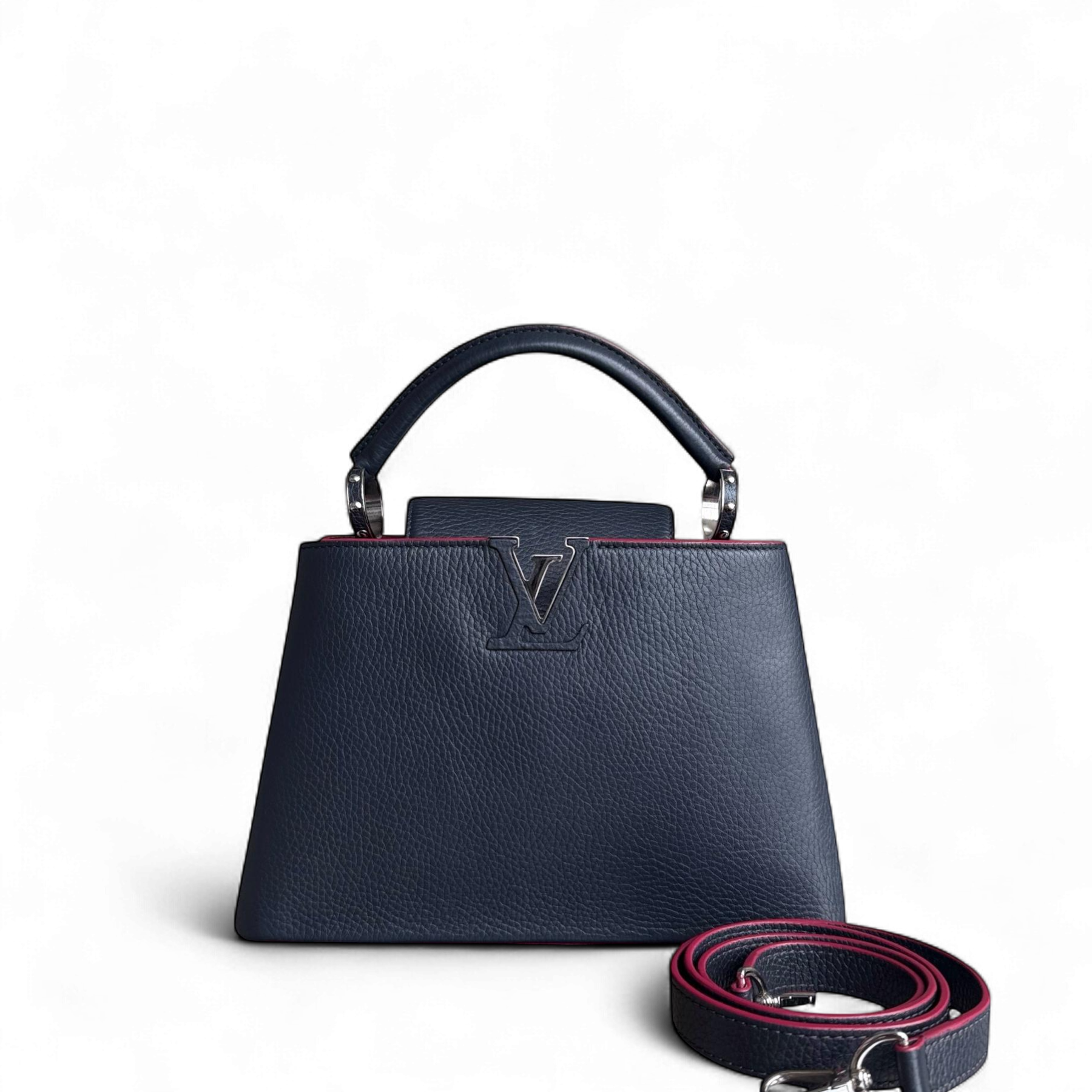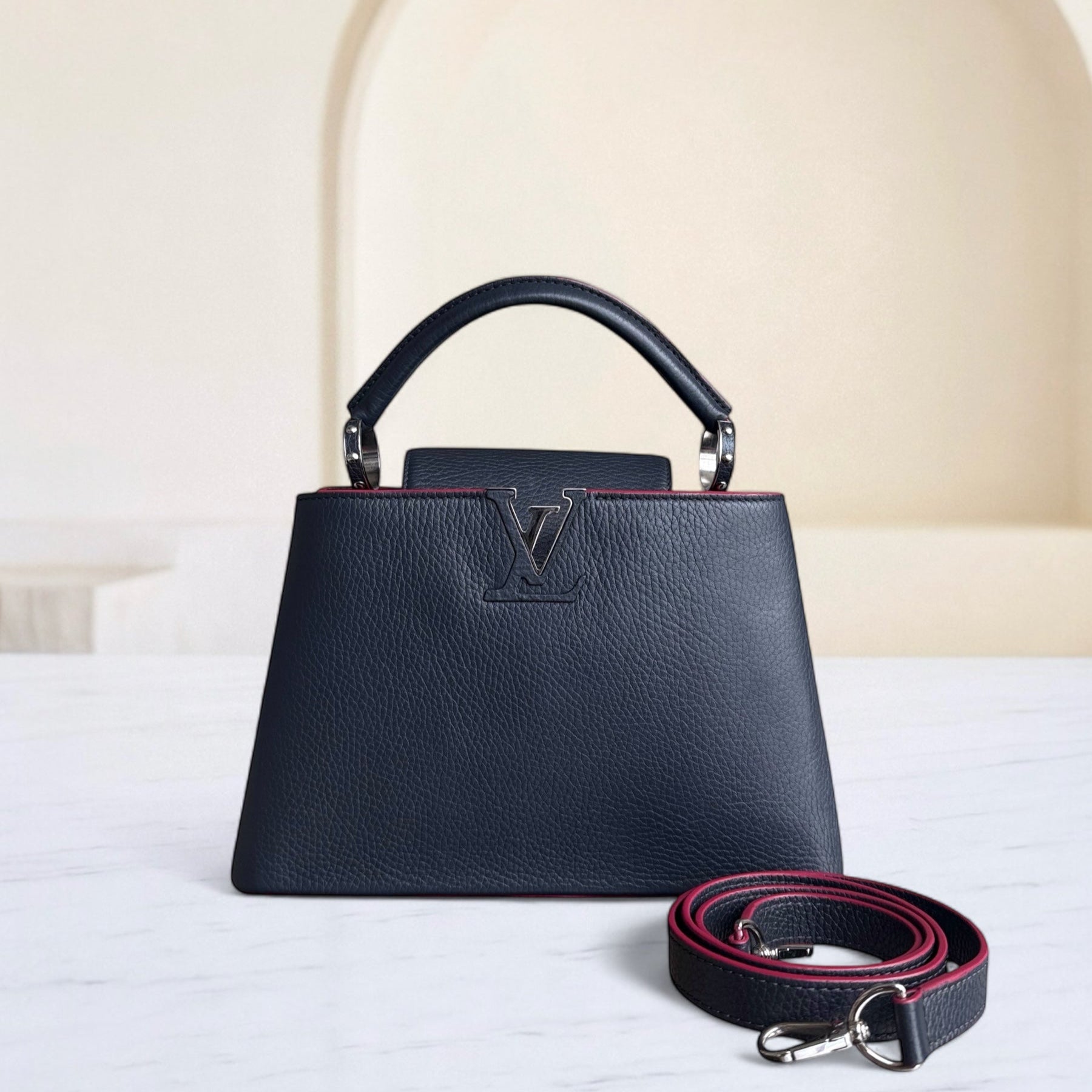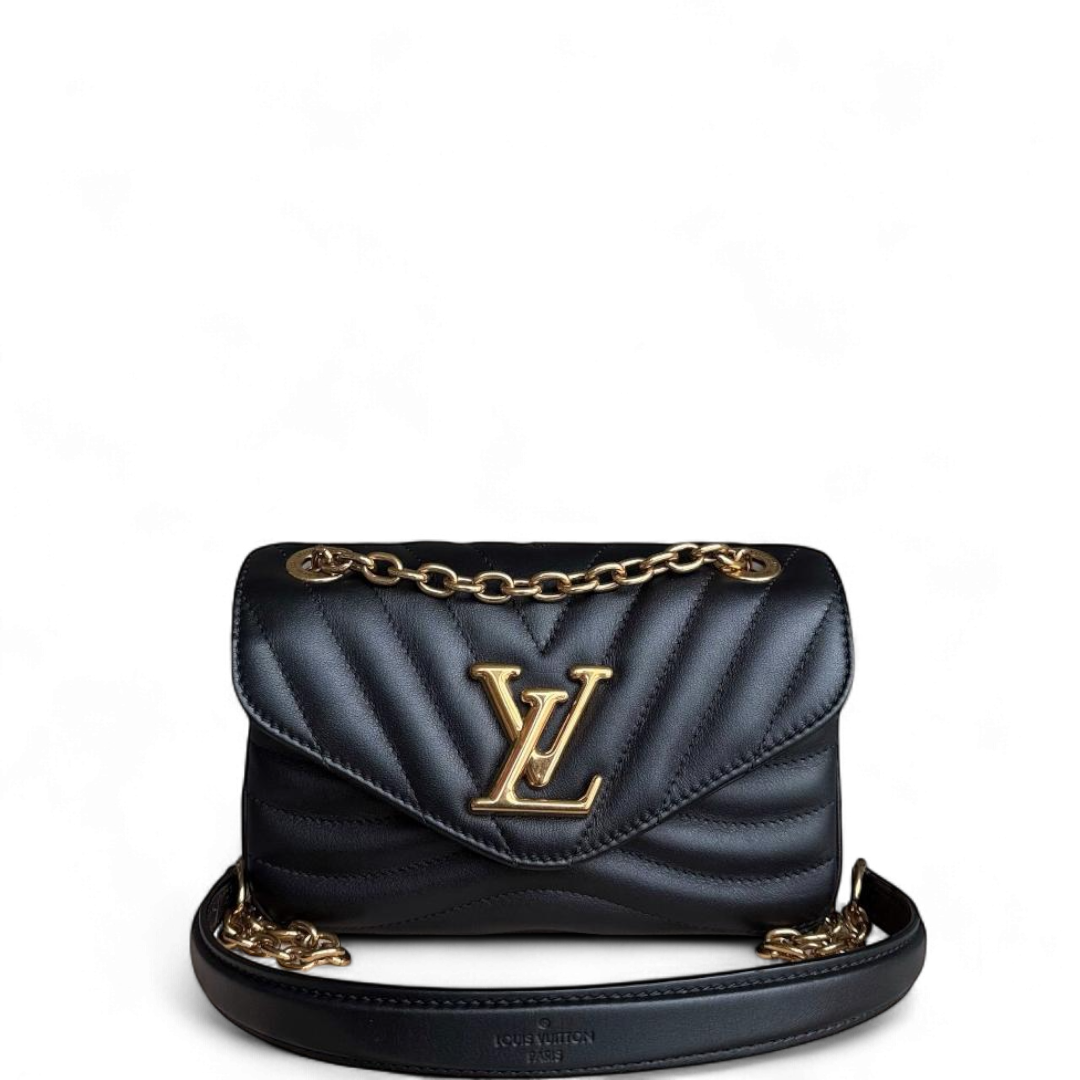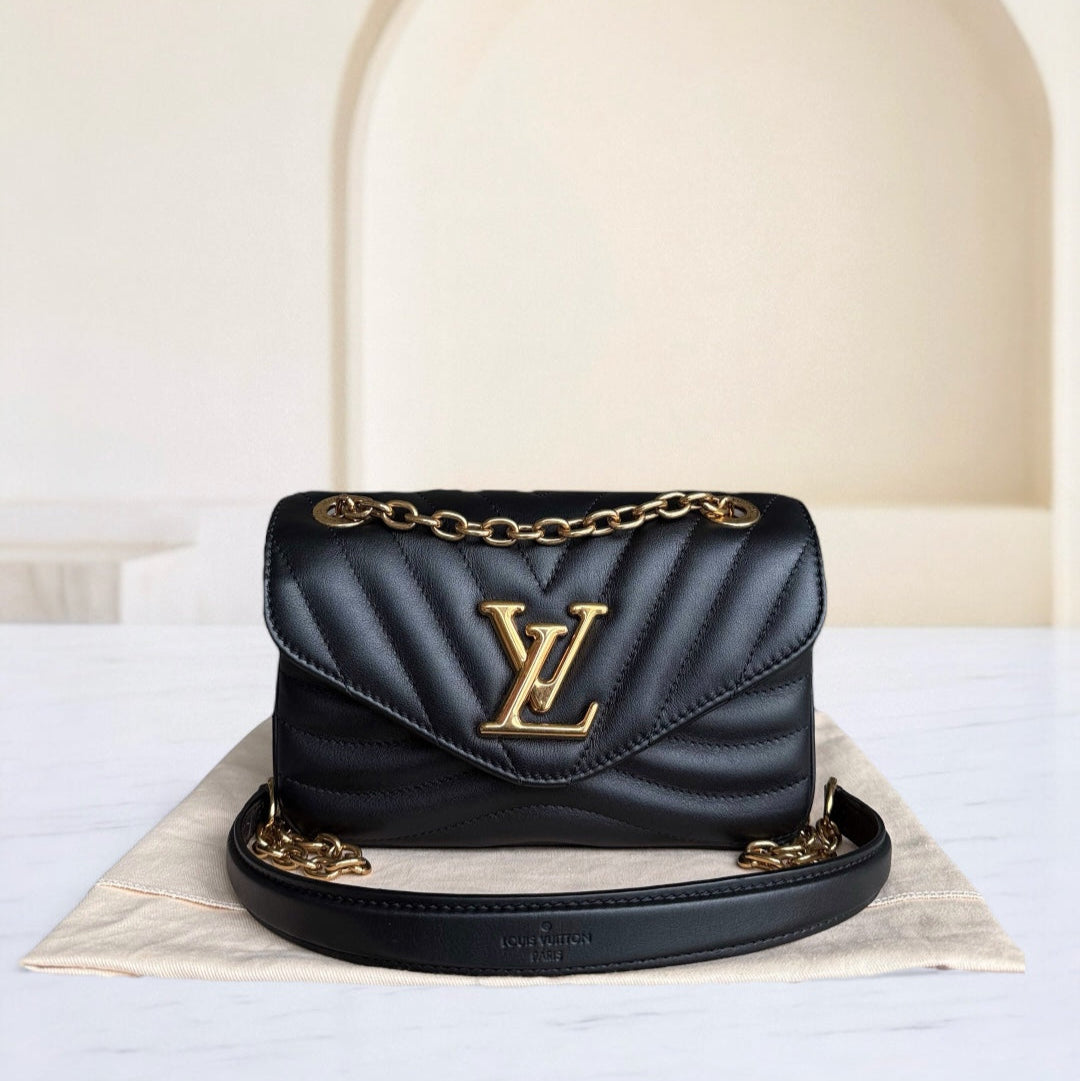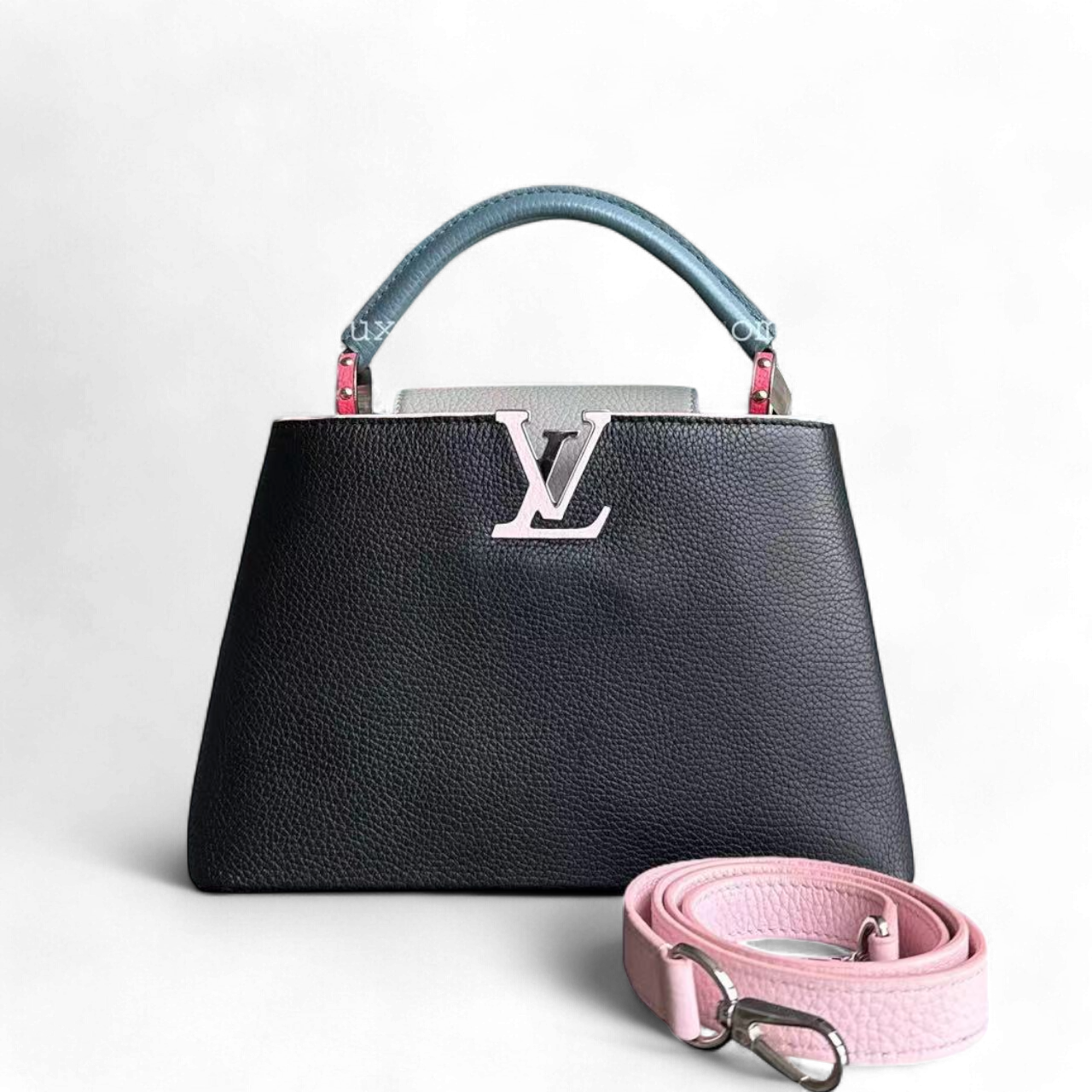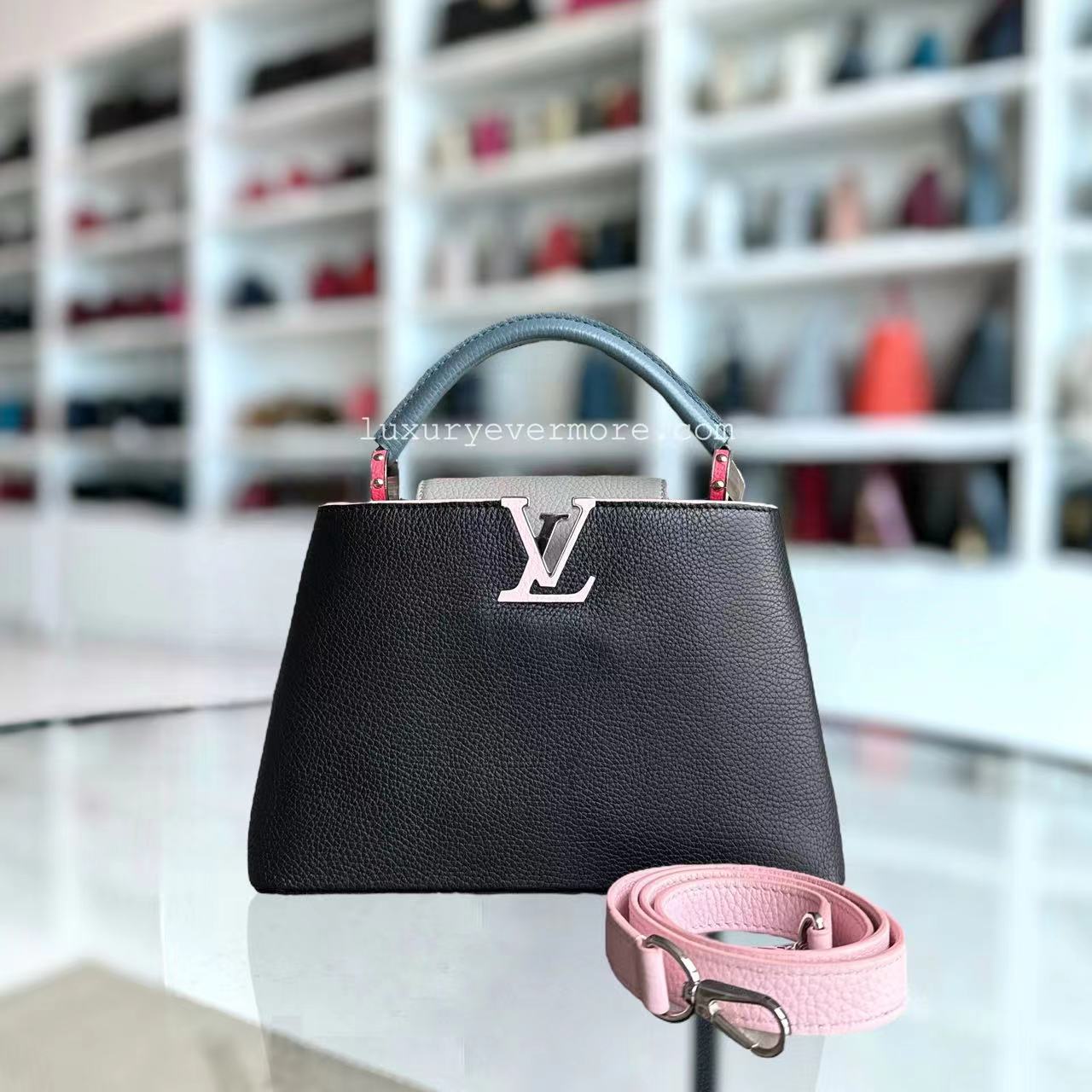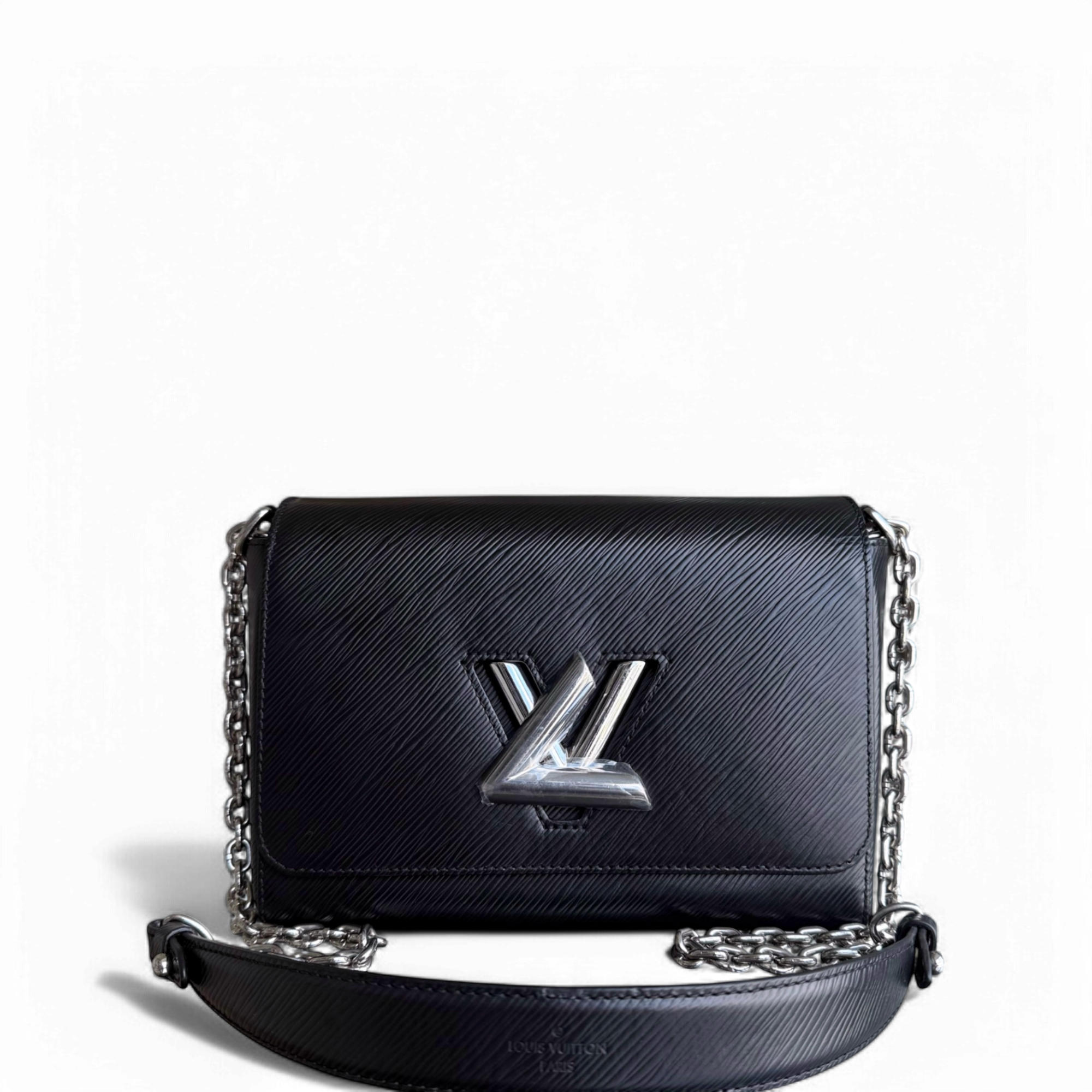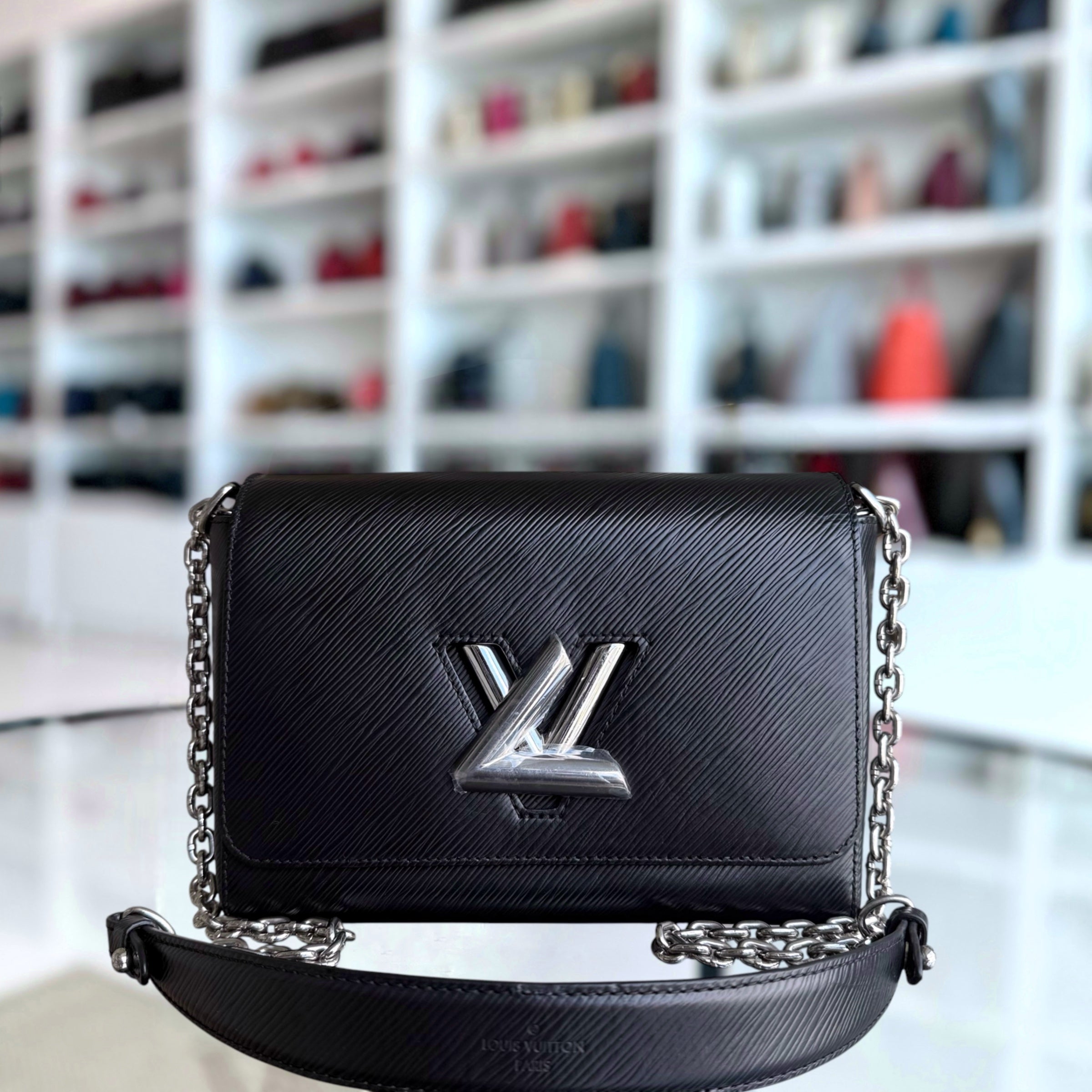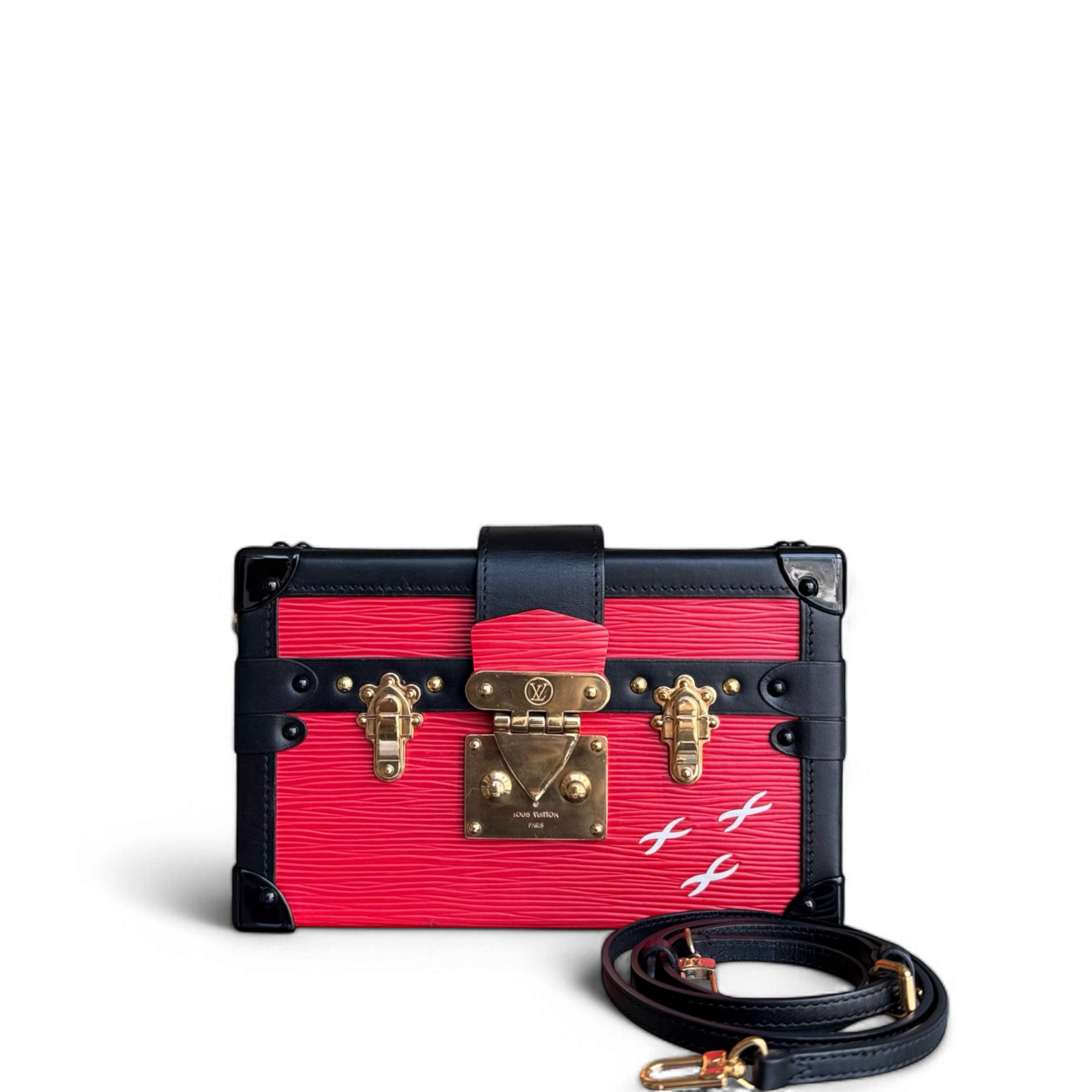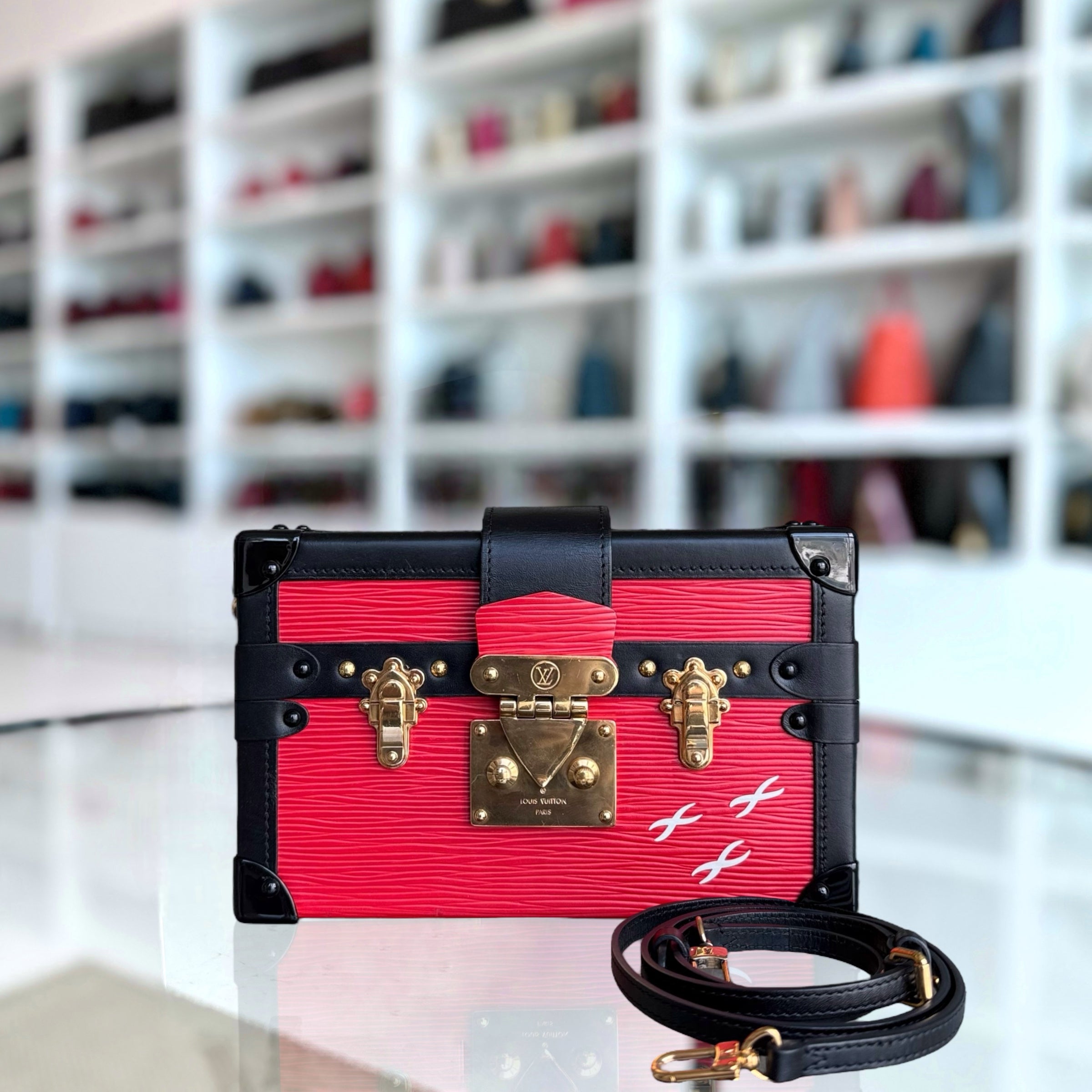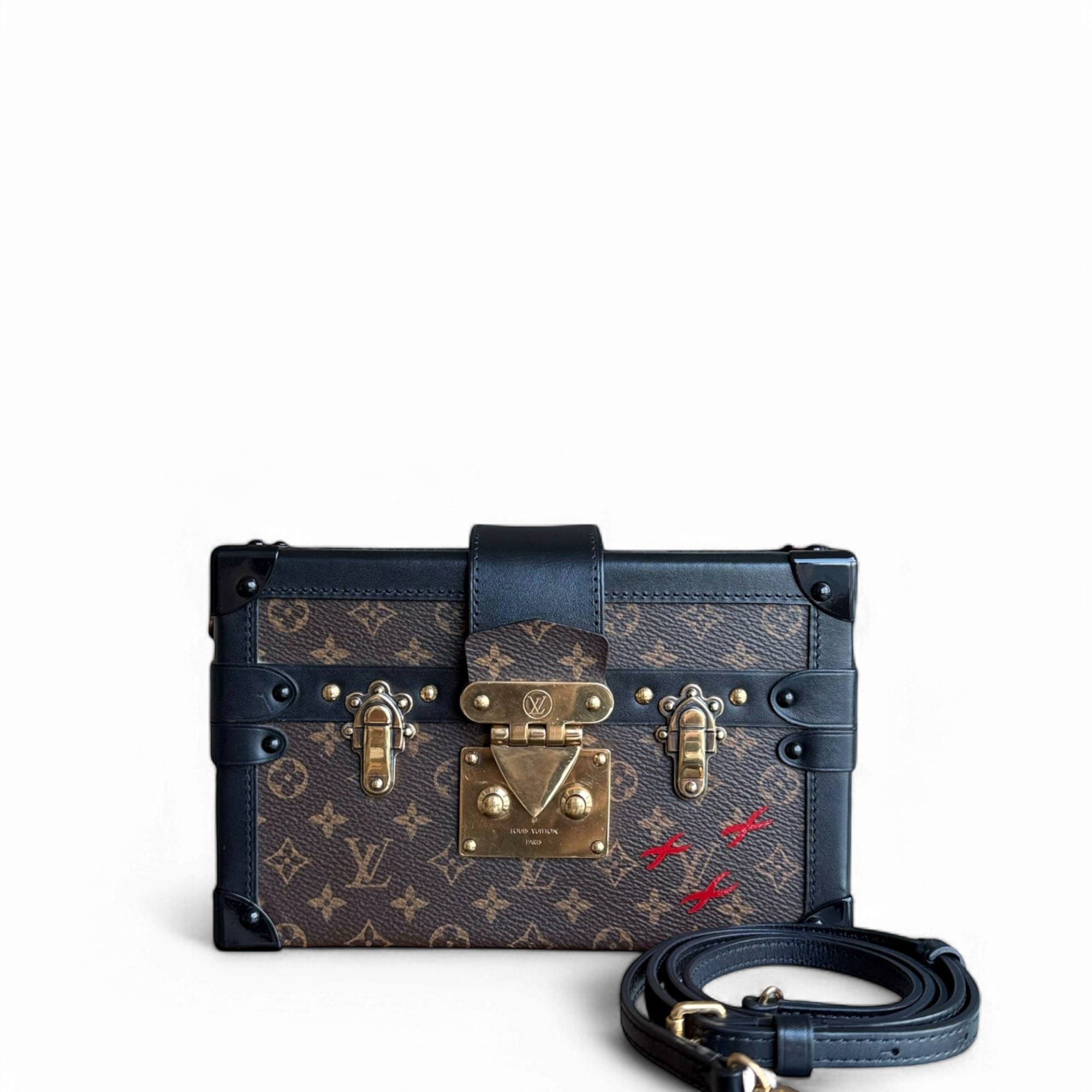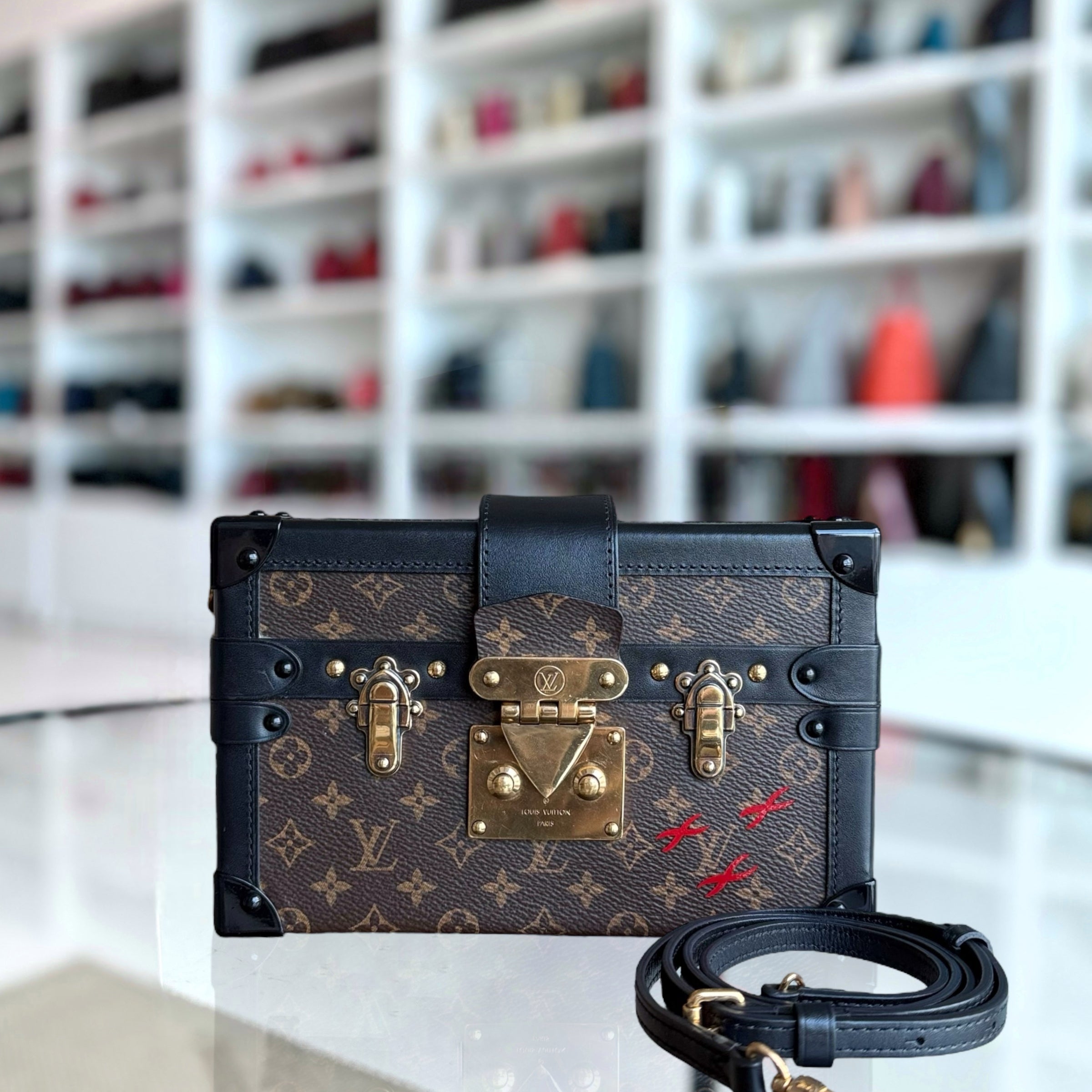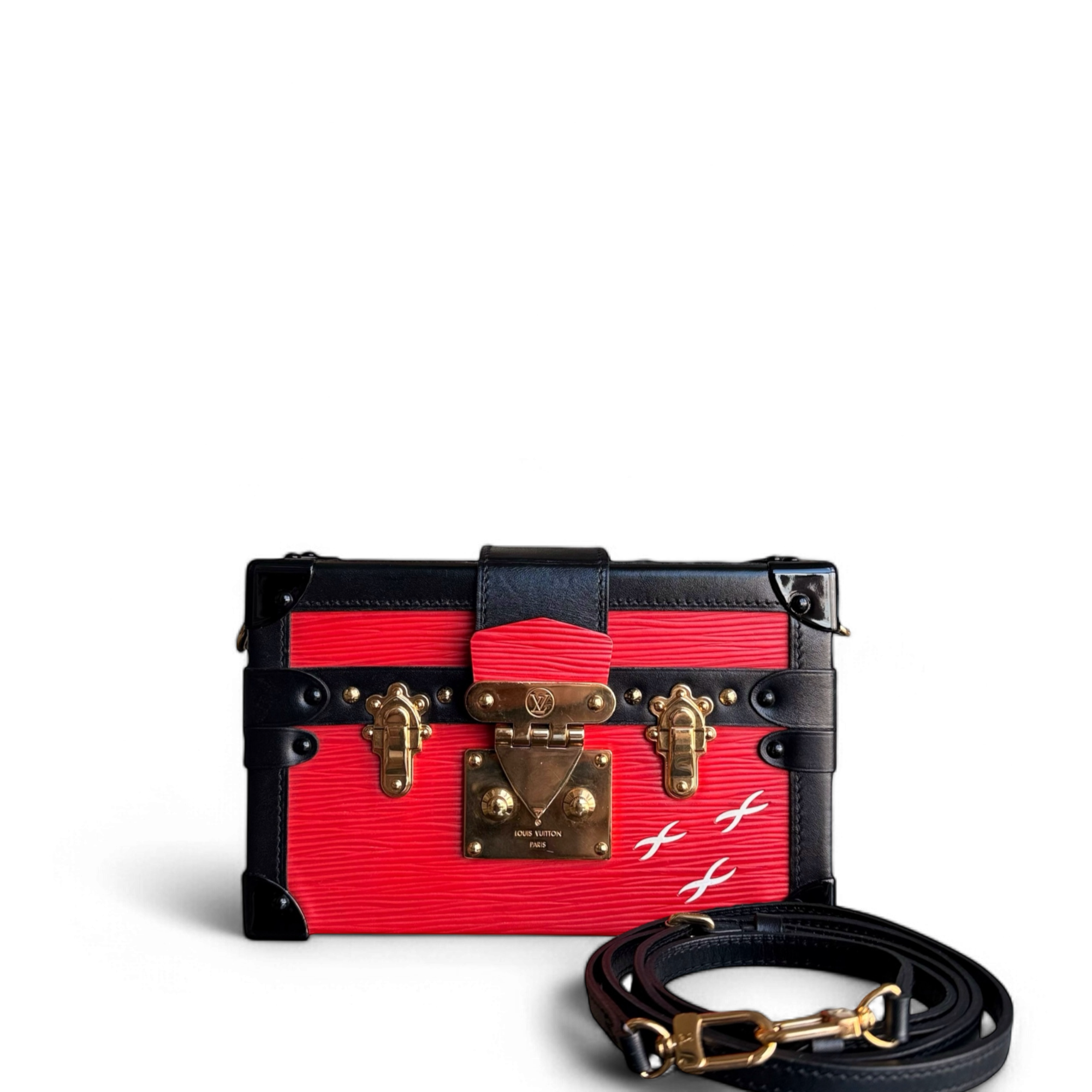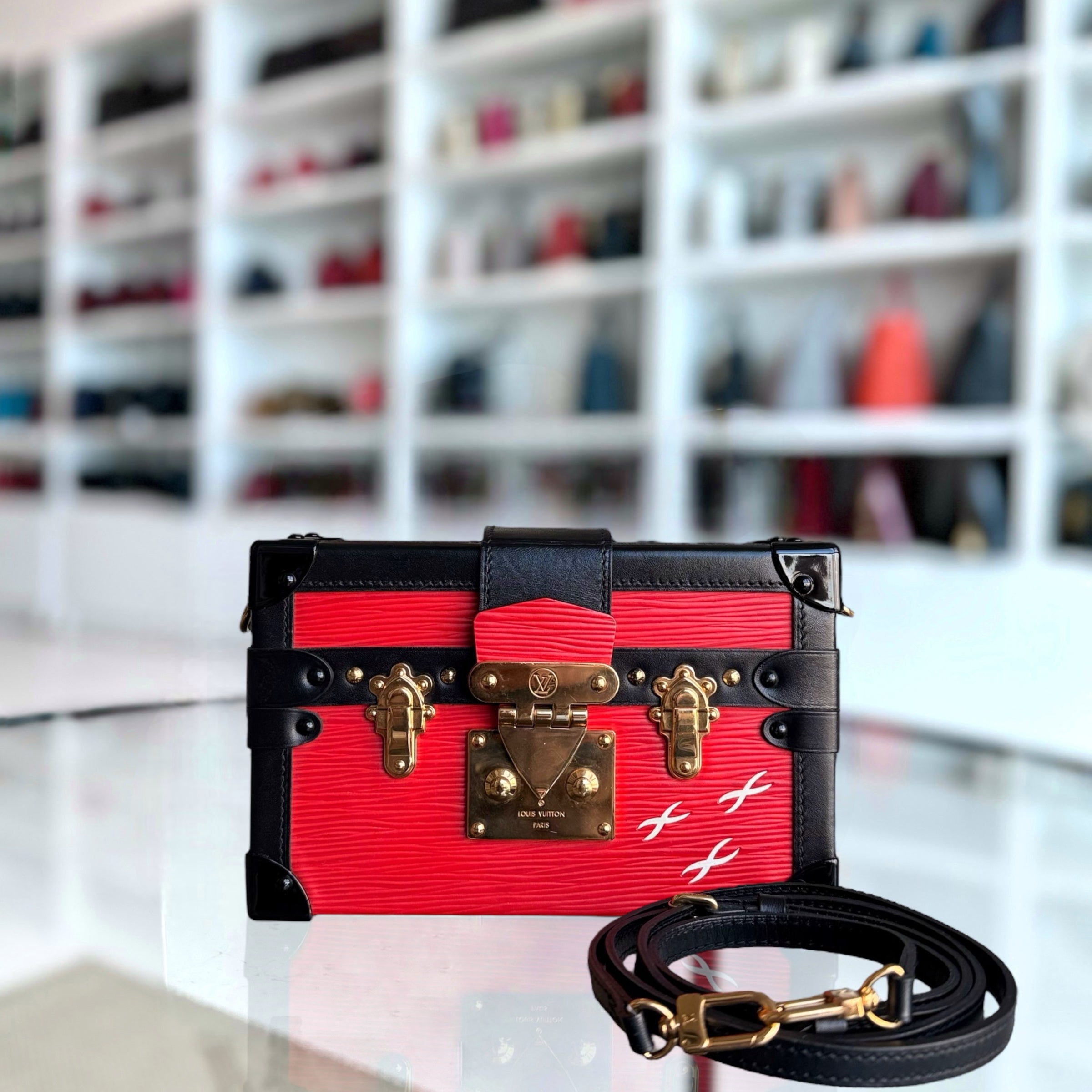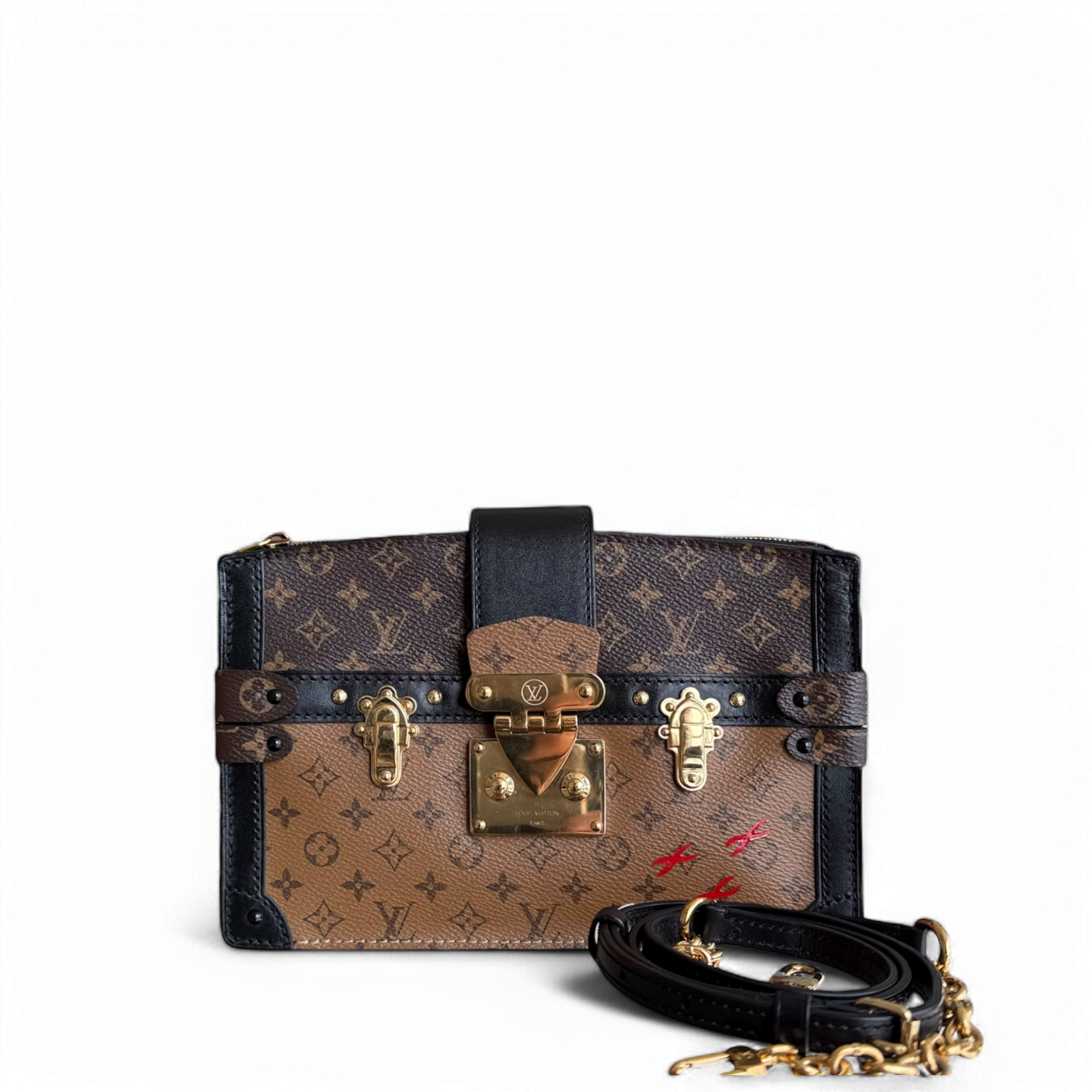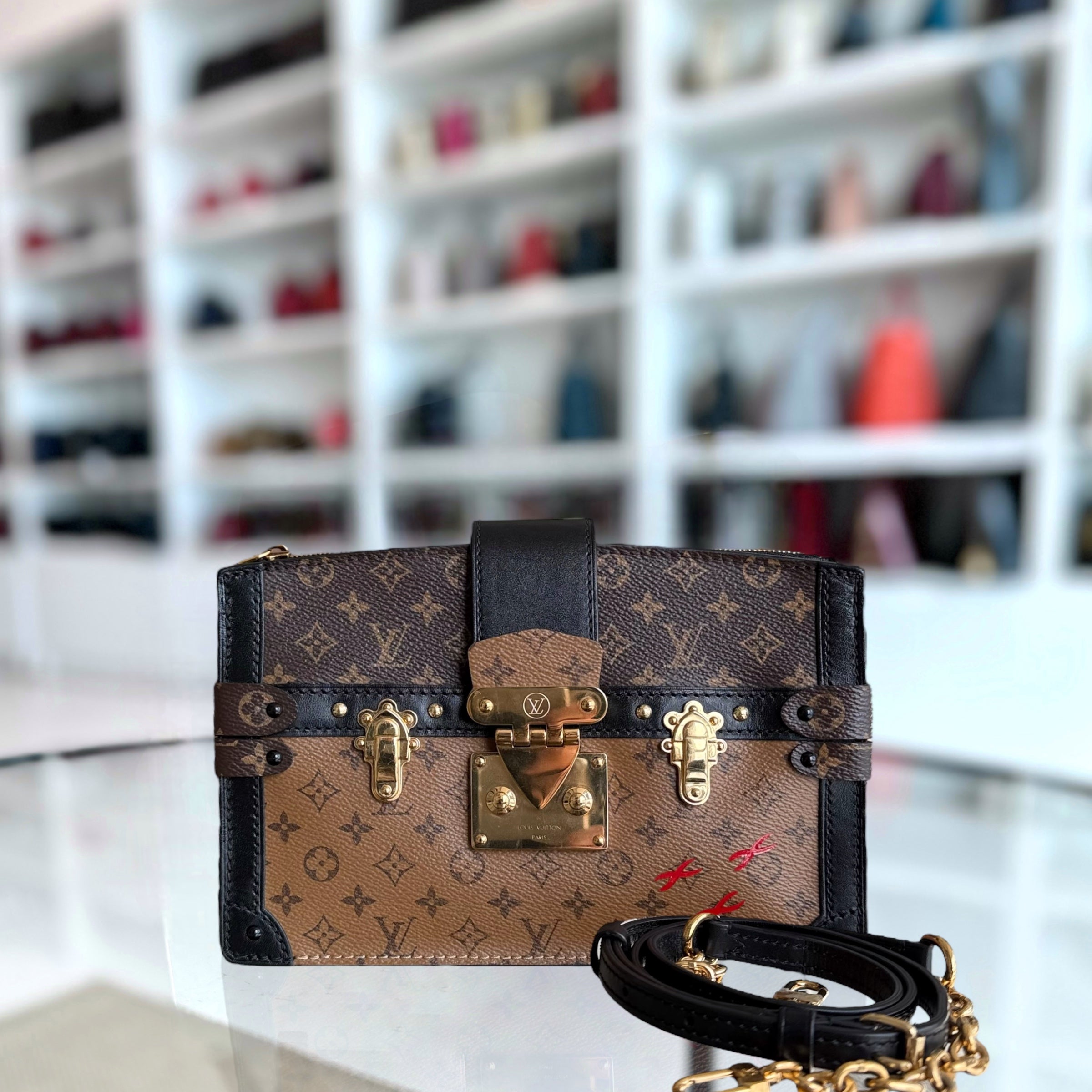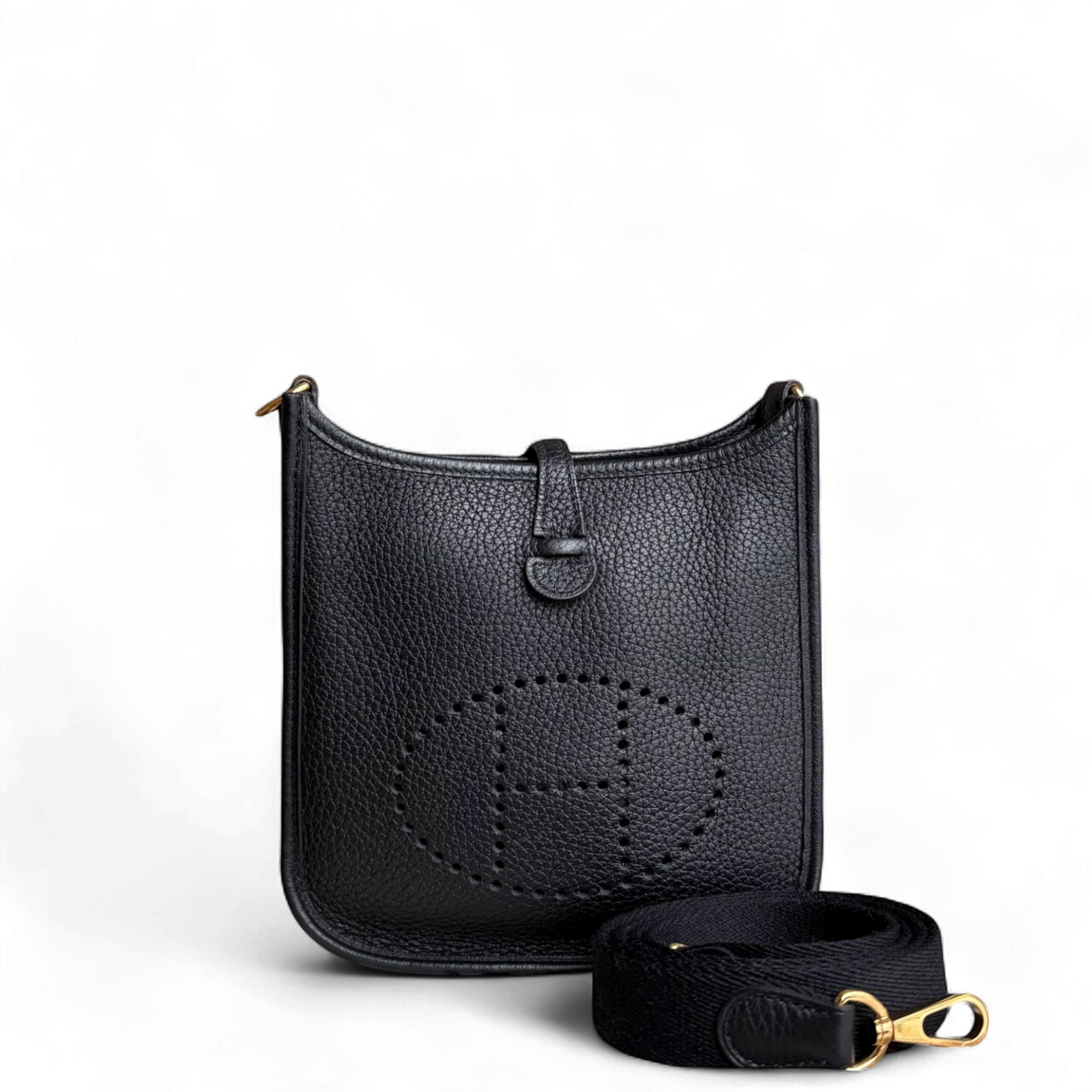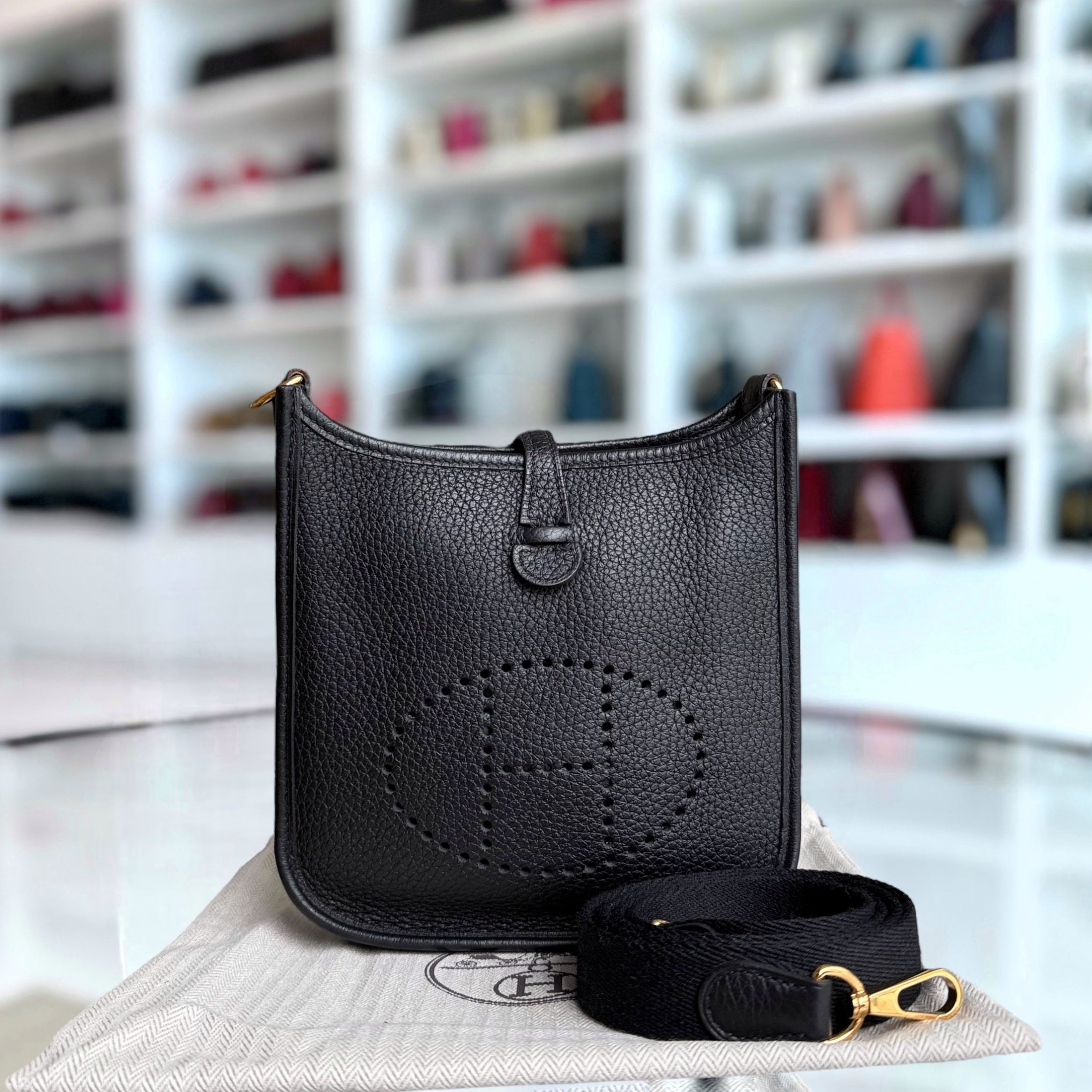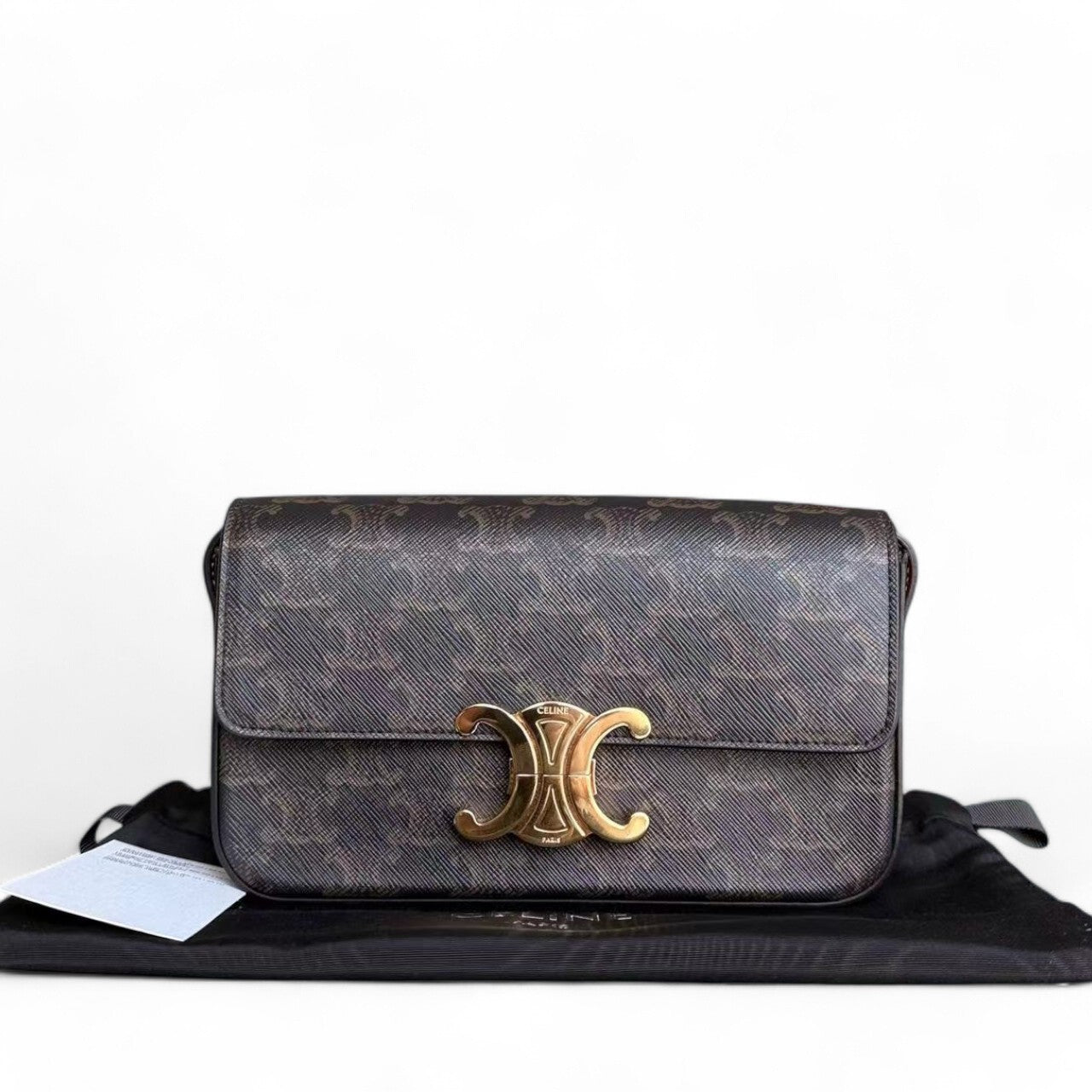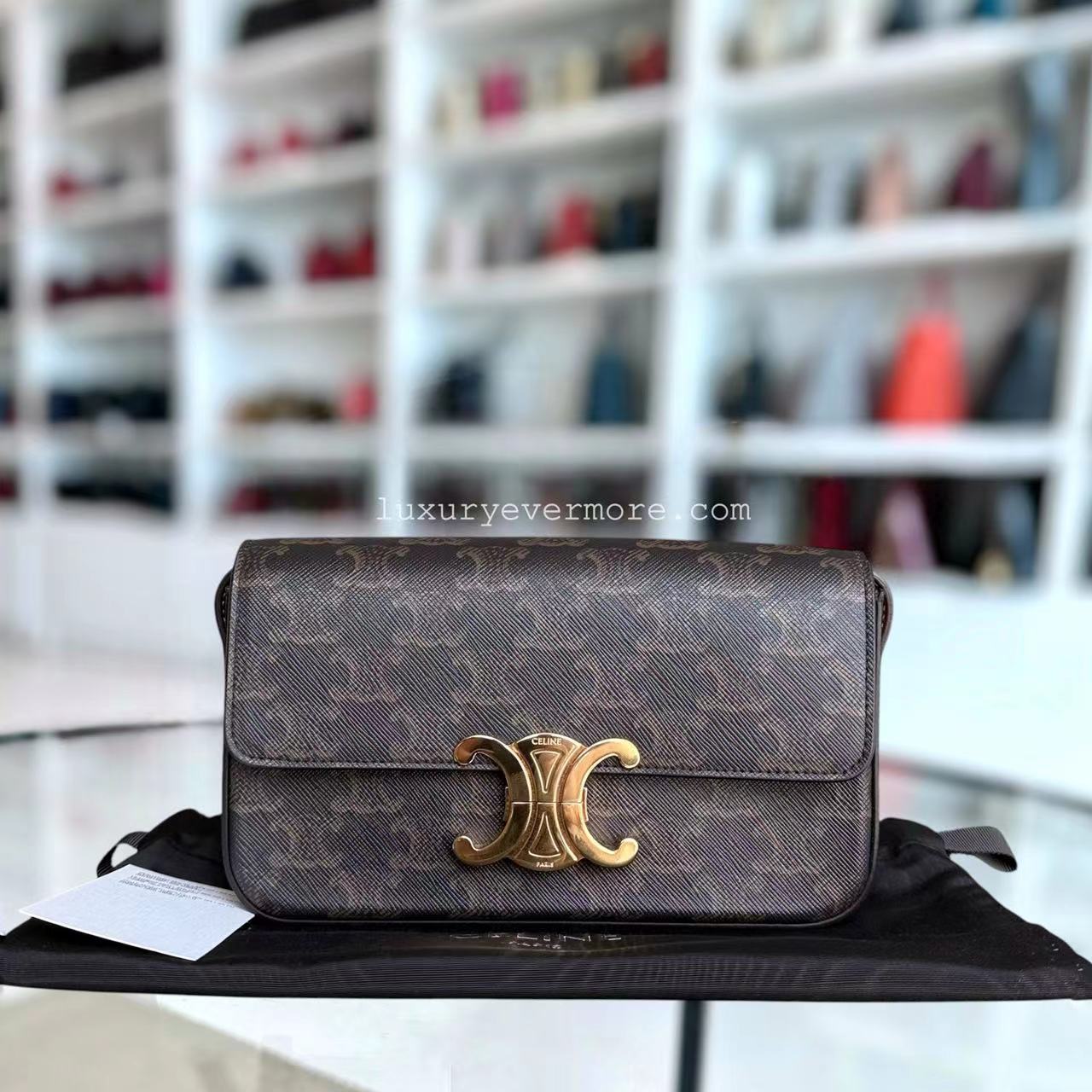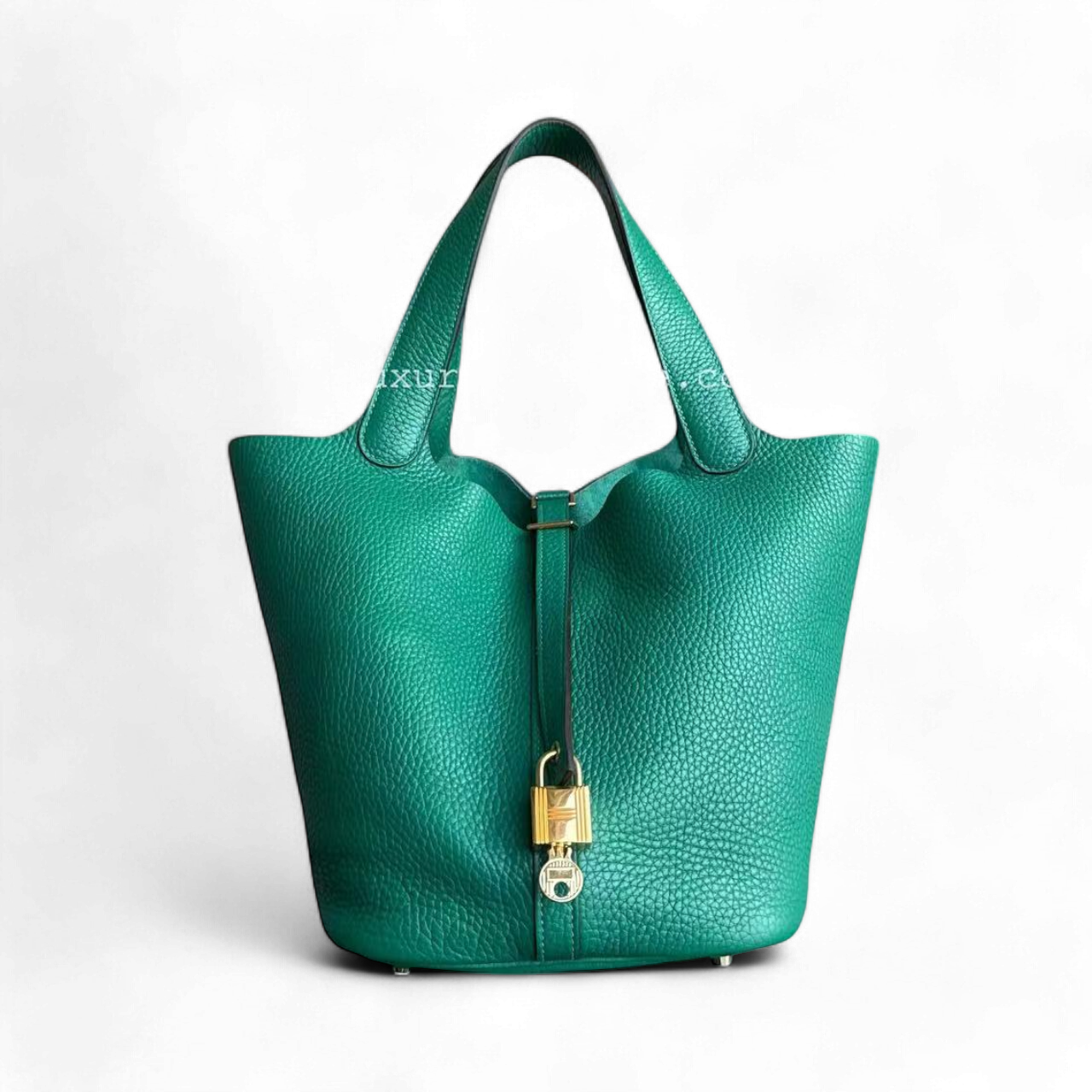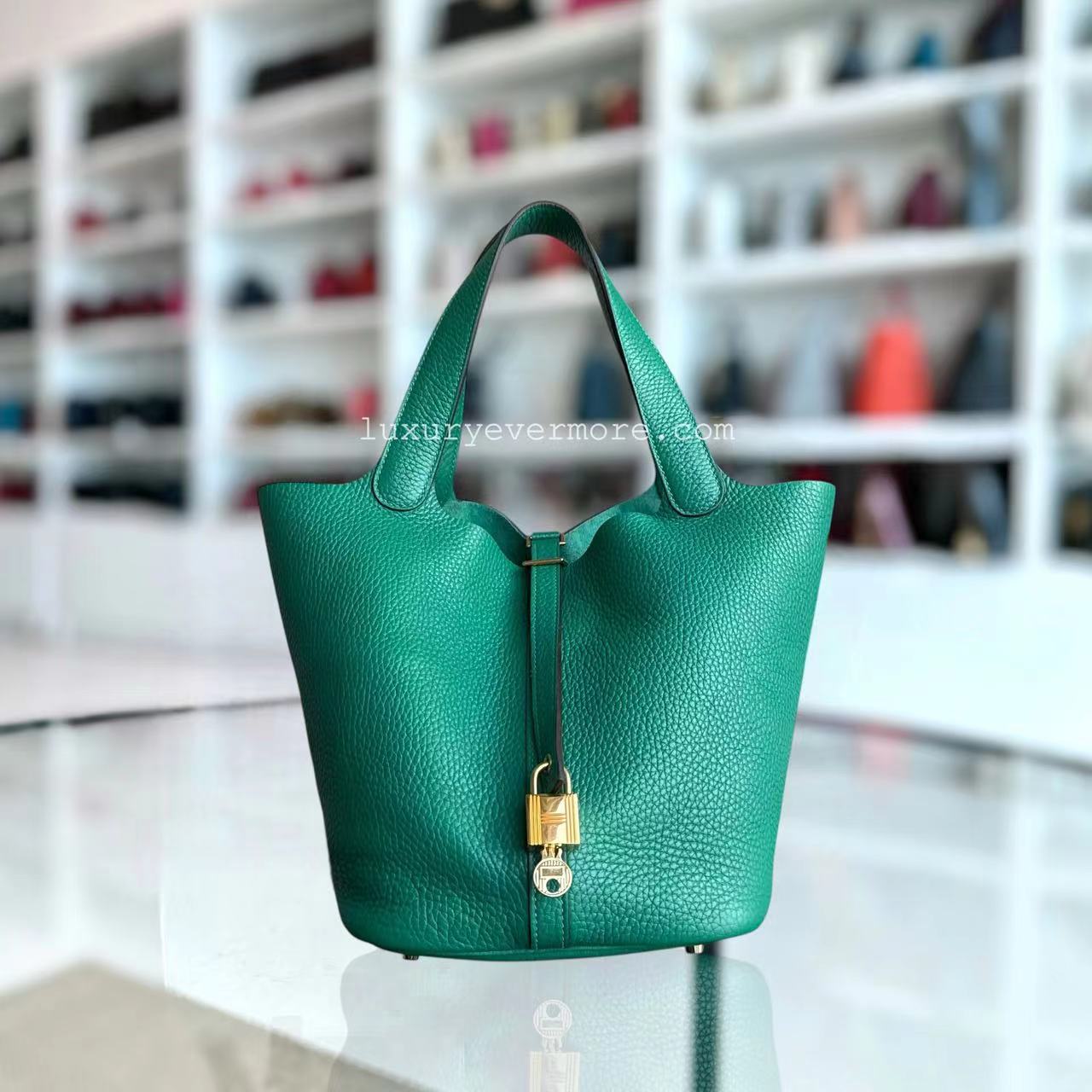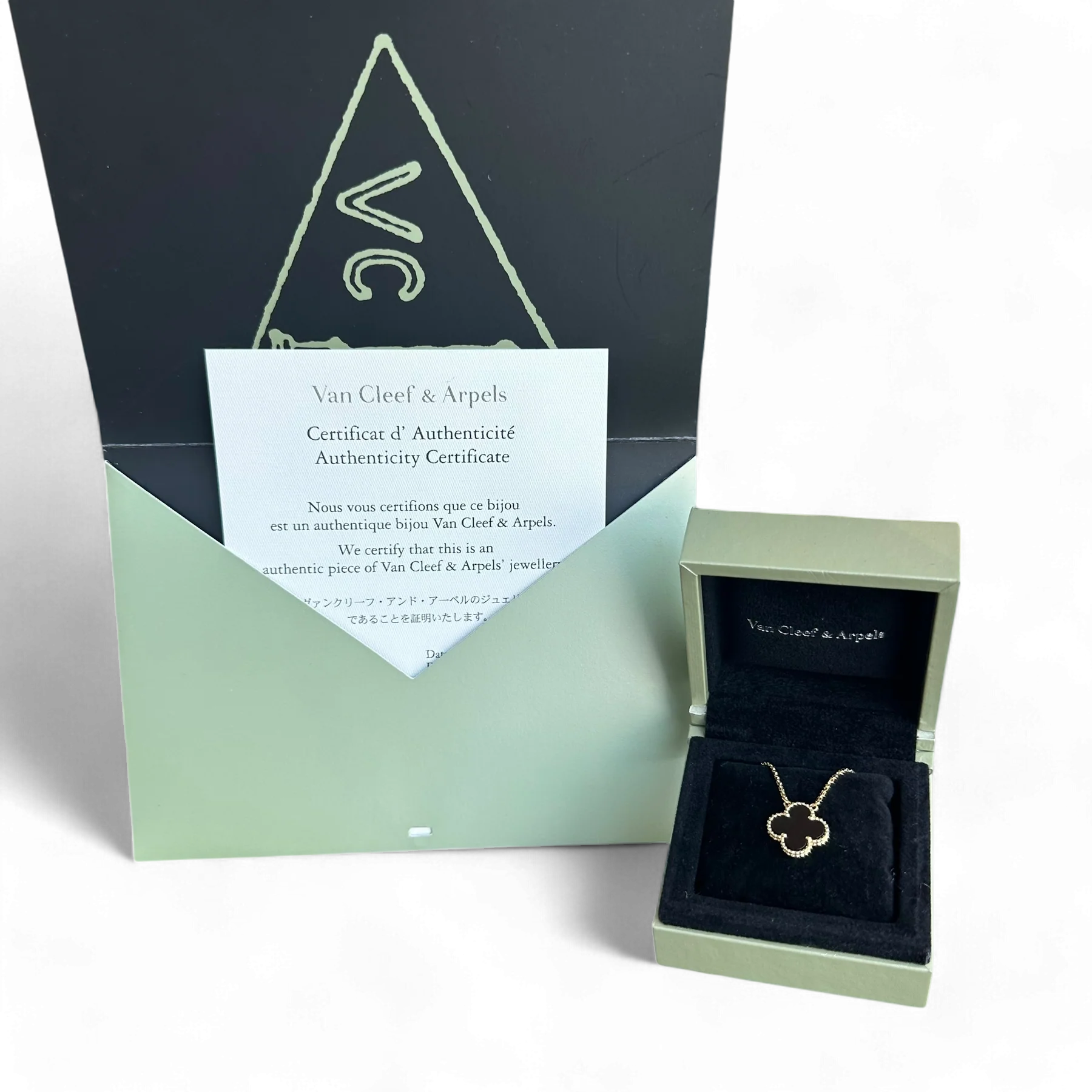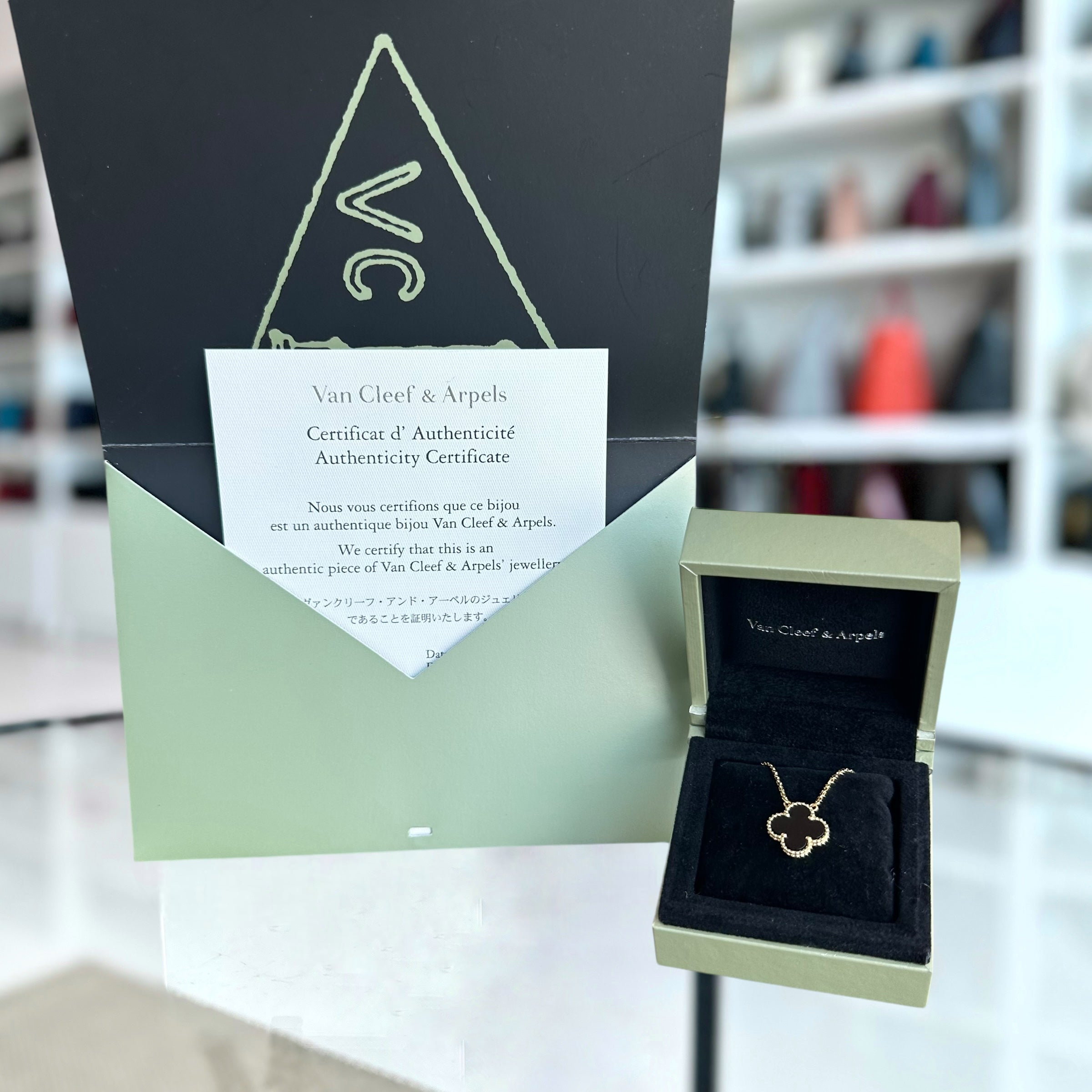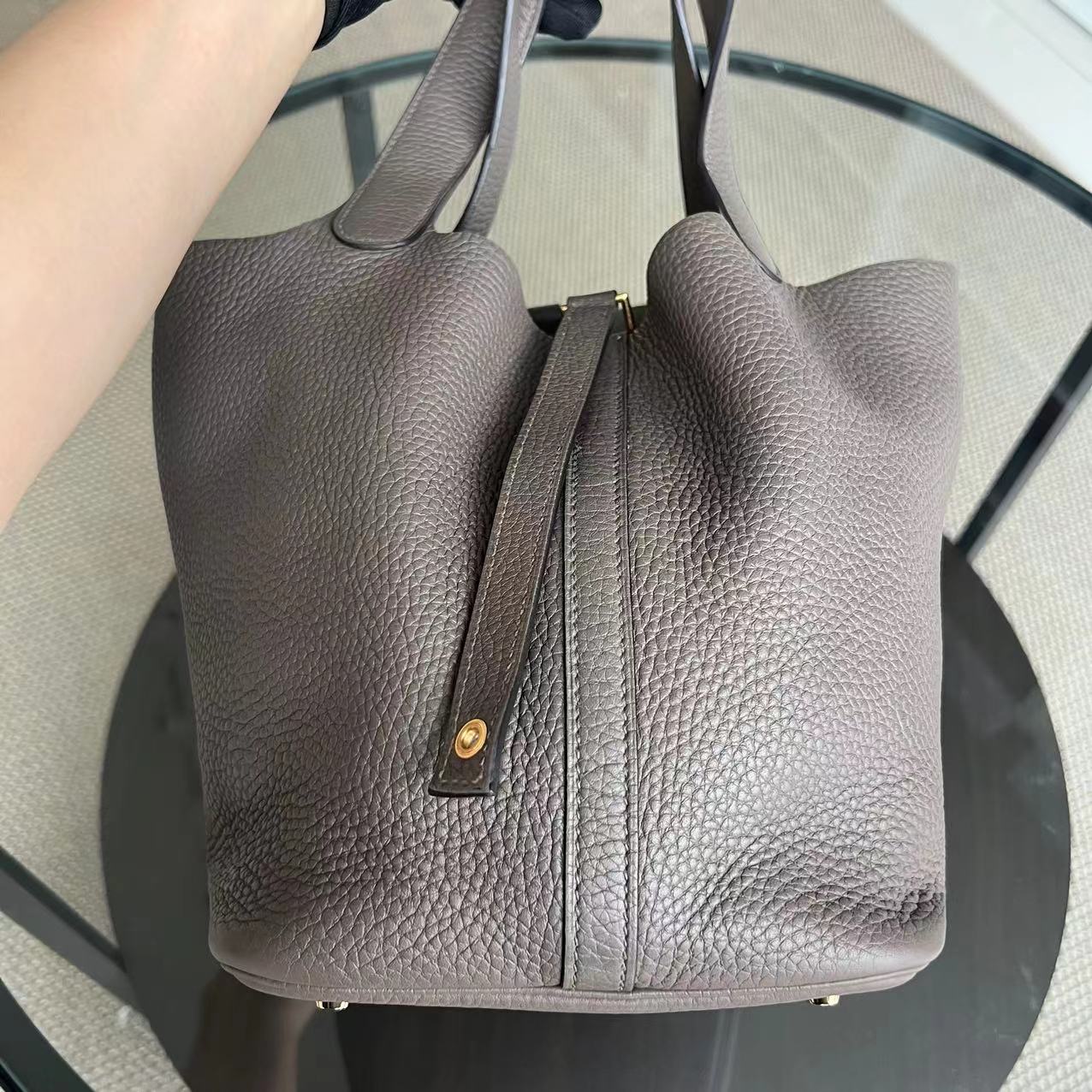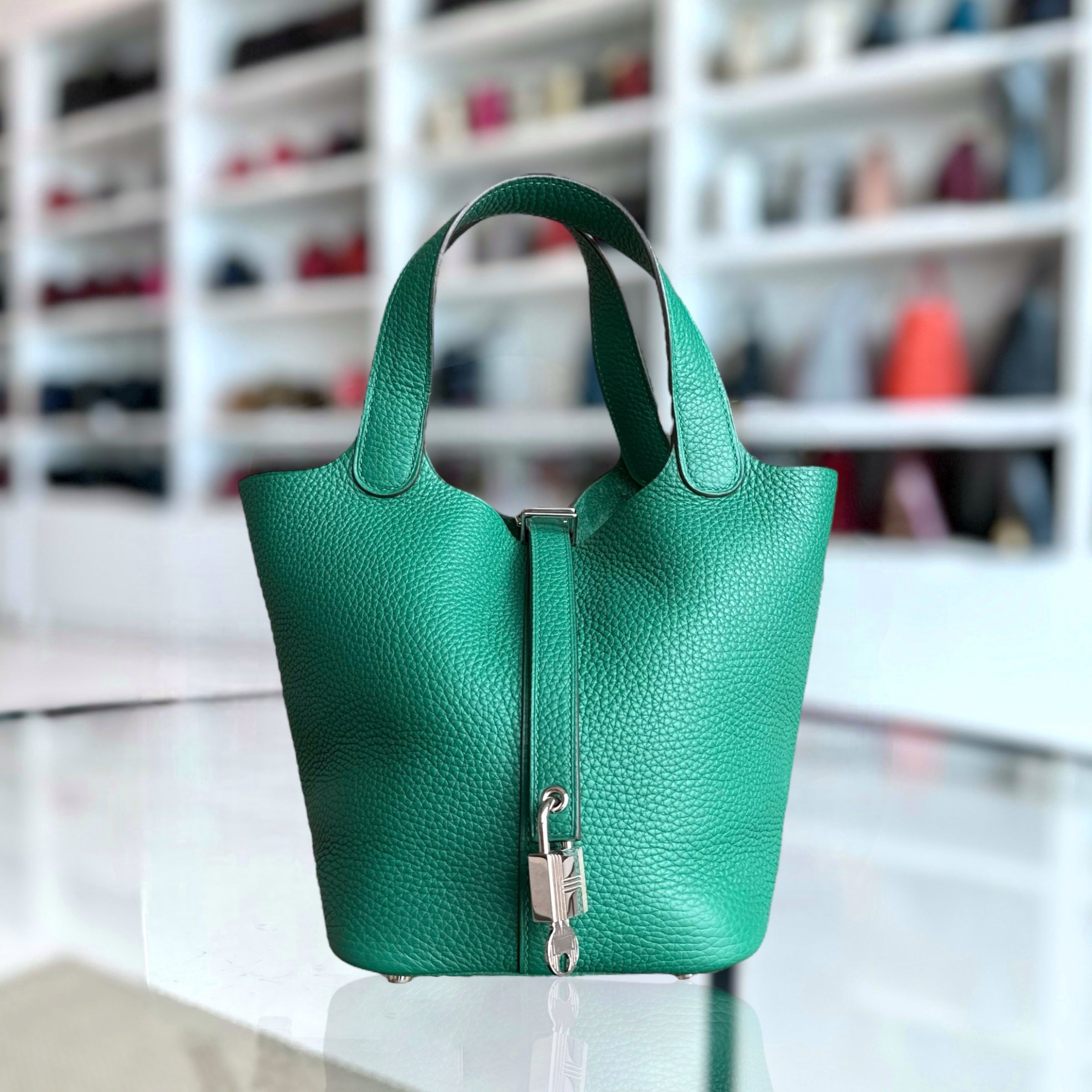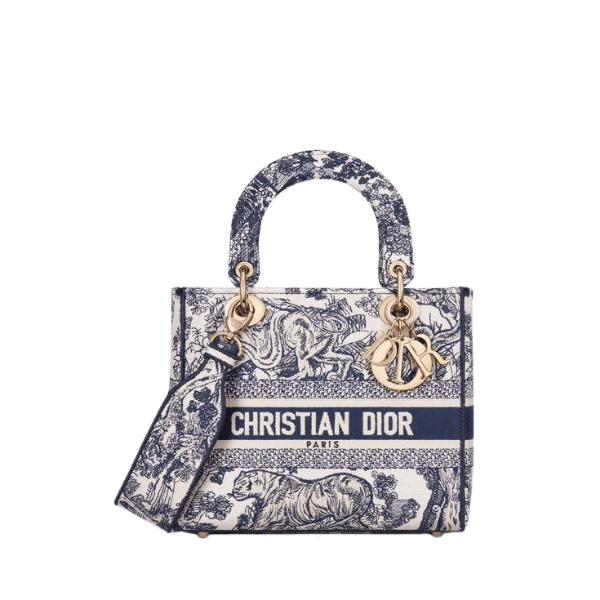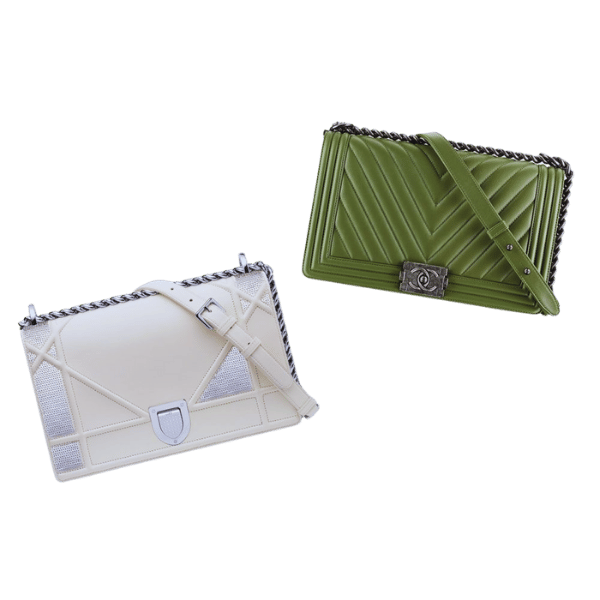Who Owns Gucci: Unveiling the Legacy of Kering
Gucci, one of the most iconic names in the fashion industry, represents luxury, craftsmanship, and innovation. Yet, behind its global success lies a fascinating story of ownership and strategic vision. This blog post dives into the legacy of Kering, a powerhouse in the luxury goods sector, and its pivotal role in shaping Gucci’s trajectory. By exploring how Kering acquired and transformed the brand into a symbol of modern fashion excellence, we’ll uncover the intricate relationship between creative ingenuity and corporate leadership. Join us as we unveil the key milestones, strategic decisions, and enduring influence behind Gucci’s rise under Kering’s stewardship.
The Origins of Gucci

Gucci was founded in 1921 in Florence. The establishment started as a small leather goods company. It came under the hands of Aldo Gucci and soon earned the reputation of good craftsmanship and timeless design. Due to his experience in luxury hotels, Guccio focused on creating classy travel accessories that quickly became the latest fashion item among Italy's elite. The decades that followed saw the birth of signature brands, including the interlocking GG logo and the green-red-green stripe, which would truly set Gucci apart in the luxury fashion world. Today, these forever remain an indelible mark of the brand's heritage.
Founding Story of Guccio Gucci
Guccio Gucci started his namesake brand in Florence in 1921. He got the idea from his time working in luxury hotels, where wealthy travelers sought high-quality travel goods, such as those offered by Louis Vuitton. High-class craftsmanship and clean designs are the hallmarks of its offerings, and Gucci products quickly earned recognition for elegance and durability, much like Louis Vuitton goods. Over time, they also developed several iconic features, including the interlocking GG logo and the green-red-green stripe, which further solidified their standing in the luxury fashion industry. These distinguishing features are the very marrow of the Gucci legacy and heritage.
Early Success and Iconic Products
Gucci initially achieved success by producing extremely high-quality travel goods that combined function and elegance. Leather suitcases and handbags soon found favor with affluent customers, positioning the brand as a synthesis of luxury and elegance. The bamboo-handled bag, launched in 1947, and the horsebit loafer, launched in 1953, added further sheen and glamour to the Gucci brand, which stands for innovation and timeless design. Even today, such creations remain an essential part of the brand's cuisine, symbolizing its dedication to craftsmanship and luxury.
Impact of the Gucci Brand in 1921
The establishment of the Gucci label in 1921 marked a great turning point in the evolution of the very concept of high fashion. Founded in 1921 by Guccio Gucci in Florence, Italy, the name soon became recognized for its high-quality leather articles, made with great care. Timeless elegance and functionality became the yardstick for luxury design. Serving an elite clientele and giving birth to timeless products created the aura for Gucci to be considered a name synonymous with the highest standard of style, with a significant influence on fashion globally, and thereby setting global standards for all luxury brands.
The Gucci Family Era

Family Control After Guccio's Death
After the demise of Guccio Gucci in 1953, the company passed into the hands of his sons Aldo, Vasco, and Rodolfo Gucci. Dramatic enlargement ensued under their leadership, witnessing the opening of stores in the finest locations across New York, London, and Tokyo. Aldo Gucci, credited with much of the internationally recognized status of Gucci, conceived several advertising strategies and introduced notable product lines, including the famous bamboo bag.
By the 1970s, Gucci had become a worldwide symbol of luxury, employing nearly 15,000 people and generating over $500 million in annual revenues. Yet, within the Guccis, discord began to brew, as different members held differing and clashing opinions about the future course of the business. Cutting into the bad will created by internal strife, a row over ownership erupted towards the end of the 1980s, chiefly between Paolo Gucci and other relatives, thereby stalling operations even further.
Despite internal squabbles, the brand remained strong until the late 1980s, highlighting the issues of declining profits and increasing competition within the company. Maurizio Gucci, the last member of the family to remain in business, sold his remaining stake to Investcorp in 1993, thereby opening a new chapter in the history of the luxury conglomerate.
Internal Struggles and the Gucci Wars
Internal family struggles within Gucci reached their peak during the so-called "Gucci Wars," a period marked by bitter clashes for control and intense legal battles. The discord grew from clashing visions for the company's future, personal grievances, and a stark inability to reconcile differences pertinent to family stakeholders. A central figure at this time was Paolo Gucci, who was an earnest reformer of company operations and even launched his brand under the family name, agitating all in greater measure. This is often accompanied by public lawsuits and heavy financial penalties, which can fragment the family dynamic.
An analysis of financial records reveals a period during which dysfunction and fracturing became synonymous with inefficiency and stunted revenue growth from the late 1970s to the early 1980s. By 1983, Aldo Gucci, who deservedly holds credit for most of Gucci's expansion, was confronted with a family lawsuit against him, which ultimately led to his incarceration in the U.S. for tax evasion. In the meantime, Maurizio Gucci, who inherited a majority stake from his late father, faced financial problems and family squabbles that strained the company's competitive position in the high-end market.
Gucci was on the verge of collapse into bankruptcy when Maurizio finally gained complete control of the company in 1989. Later, the brand was saved via a series of strategic partnerships with investment groups, such as Investcorp. The restructuring of the 1990s under new management enabled Gucci to become an icon on a global level, but this also meant that the families relinquished control, bringing to an end one of the most tumultuous chapters in its history.
Decline of Family Influence
The loss of family control at Gucci marked a turning point in the long-established luxury powerhouse. By the late 80s, tensions among family members had escalated, affecting internal decision-making and undermining the business structure. Due to internal conflicts within the family, combined with Maurizio Gucci’s financial mismanagement, the company was placed in an untenable financial position. Historical analysis reveals that during this phase, debt increased significantly, and the company was forced to seek outside investments just to remain solvent.
The late 1980s marked a pivotal event: Investcorp acquired approximately half of Gucci's shares, thereby diluting family control. In 1993, Maurizio Gucci, as the last family member to hold an ownership interest in the firm, sold his remaining shares, thereby severing the last direct connection of the family to the concern. As a matter of corporate survival, the business embarked on restructuring strategies that turned Gucci into a publicly held company. From then on, it was allowed to usher in a professional managerial system and fresh strategies, similar to those of LVMH, thus restoring global prestige to the brand. However, this also brought into the limelight the wider industry phenomenon of various traditional luxury family houses shifting towards corporate avenues to survive in the fast-paced globalizing market.
Current Ownership and Stakeholders

Kering's Role as Parent Company
Kering, an international leader in luxury, plays a crucial role in steering Gucci's strategy and operations. Kering acquired a majority stake in Gucci in 1999 and subsequently leveraged its substantial resources and expertise, comparable to those of Investcorp, to drive growth and maximize profits for the brand. Kering, headquartered in Paris, owns a prestigious portfolio of high-end luxury brands, including Saint Laurent, Bottega Veneta, and Balenciaga, among others.
Under the brilliant guidance of Kering, Gucci has experienced consistent revenue growth, which in turn has significantly contributed to the group's financial performance. For example, while accounting for a significant portion of €20.4 billion in revenue for Kering in 2022, Gucci made a major contribution. Kering is all about sustainability and innovation for its brands, with strategies aligned to dynamic market demands and evolving consumer expectations. Under these strategic interventions, Kering has invested heavily in digital transformation and fostered creativity, enabling Gucci to remain competitive in global luxury markets and retain its iconic status in the minds of consumers.
Leadership Under François-Henri Pinault
François-Henri Pinault, Chairman and CEO of Kering, has been a transformational force in shaping the company into a leader in luxury goods. Under his stewardship, Kering has adopted a sustainability approach and set clear objectives to reduce environmental impact by 40% by 2025. Pinault has further nurtured strong brands like Gucci, Saint Laurent, and Bottega Veneta, and has continued to expand the portfolio through the acquisition of new names, such as Balenciaga and Alexander McQueen, allowing room for innovation and growth.
Pinault's attention to digital transformation has been crucial in steering e-commerce growth for Kering through data analytics and AI, thereby enhancing consumer engagement —a strategy somewhat reminiscent of those employed by Saint Laurent. For instance, in 2022, Kering reported a 15% increase in online sales across all its brands, marking a notable shift in digital commercial focus. Moreover, this leadership forbids gender inequality, with women holding at least 63% of the leadership roles within the group. François-Henri Pinault's vision of strategy simultaneously seeks to place Kering (including Gucci Group) at the forefront of the luxury business, where profitability is ever balanced with purpose and innovation.
Financial Insights on Gucci's Contribution
Gucci remains a key contributor to Kering's earnings, representing a significant portion of the group's revenues. The latest financial report indicates that Gucci generated approximately €10.5 billion in annual revenue in 2022, positioning the brand at the top among other luxury brands in the portfolio. Revenue, however, continues to show a growth trend year over year, despite the macroeconomic situation, exemplifying the brand's resilience. The thought leadership of greater Borges of Gucci, operating with a long-term focus, has made it one of the most efficient brands to perform well within the luxury sector.
Innovative product strategies, the implementation of digital transformation programs, and maintaining constant contact with the youth are key aspects considered to strengthen the brand. This demographic favoritism has thus fostered demand for Gucci's ready-to-wear, handbags, and shoes, securing a solid position in key markets, notably the United States and the Asia-Pacific region. Furthermore, the brand's ideas of sustainability and artisanal craftsmanship attract and nurture an ever-growing pool of environmentally conscious consumers, which offers increased long-term value for the Kering group.
Recent Developments

Creative Direction and Influence of Directors
The creative direction remains a key factor in shaping the brand's global appeal and market relevance. Having spent seven years as the brand's creative director, Alessandro Michele departed the house, setting the stage for its new phase. Sabato De Sarno was appointed as creative director in early 2023. De Sarno's philosophy leans toward understated elegance, a modernity that takes into consideration the glorious heritage of Gucci, catering to a bigger population.
Under the creative direction, the brand has issued collections that combine innovation with tradition. The brand is shifting toward a minimalist approach in its recent collections to adapt to changing consumer tastes while retaining the boldness with which Gucci is often associated. It is meant to make the brand compatible with both the core luxury market and the younger, style-conscious crowd. Today, artists and managers often work well together, as they are often interchangeable.
In addition, Gucci's creative direction has become a key factor influencing the brand's market presence in strategic markets, as well as its quarterly financial growth, which is comparable to that of its competitor, Balenciaga. The directors discreetly select the kind of products and campaigns that can bring desirability to the brand, while also following trends that still include sustainability and digital innovation. All of these are crucial in maintaining Gucci as the leading name in luxury fashion.
Market Challenges Facing Gucci
Despite its continued market dominance, however, Gucci faces challenges that require strategic approaches to sustain its competitive edge. The luxury fashion industry, encompassing names such as LVMH and Kering, is sluggishly recovering in some regions due to economic instability and reduced consumer spending. For instance, changing demand in important markets like China, due to shifts in monetary policies and varying COVID-19 recovery trajectories, significantly challenges Gucci's revenues.
The direct change in the growth of younger and digital consumers also fosters increased competition. New-age brands and competitive luxury houses, even some within the LVMH family, have turned to digital marketing and e-commerce to take their share. Gucci must continue to refine its digital strategy and enhance the customer experience if it wants to remain relevant to Gen Z and Millennial shoppers.
Sustainability is another critical factor, as consumers worldwide become environmentally concerned and demand transparency in the production process. Meeting stringent sustainability targets while staying profitable is a more complex challenge for Kering-owned Gucci, particularly because the most significant objectives often require large-scale operational changes and substantial costs.
Next, counterfeit products erode the company's brand equity and revenues. As more fakes infiltrate online marketplaces, Gucci is investing heavily in anti-counterfeiting measures, including technological advancements such as blockchain authentication and enhanced intellectual property enforcement. These diverse challenges require adaptive strategies to secure Gucci's leadership position in a fiercely competitive luxury fashion market.
Revitalization Efforts for the Gucci Brand
The luxury house Gucci has been undergoing innovative revitalization efforts to consolidate its position in the luxury market, in concordance with shifting consumer expectations to retain its heritage. The initiatives focus notably on sustainability, as the brand pledges carbon neutrality throughout its entire supply chain and launches Gucci Equilibrium, a project that will champion transparency and environmental commitment. Simultaneously, the company underwent a digital transformation, utilizing AI marketing and immersive virtual experiences to target young, tech-savvy clients.
The partnership with external platforms through the metaverse, in collaborations with gaming environments like Roblox and The Sandbox, demonstrates Gucci's efforts to maintain relevance in the evolving digital landscape. In addition, the brand has adopted a fusion concept for its product range, combining high fashion with streetwear to appeal to a broader audience while maintaining the luxury and craftsmanship associated with Gucci. It has been reported that these strategies have driven double-digit revenue growth in recent years, focusing on strengthening their position in the highly competitive market through targeted adjustments.
In positioning itself as a trailblazer in luxury fashion, Gucci, which balances innovation with tradition, meets the demands of an increasingly diverse and conscientious audience.
The Impact of Ownership on Gucci's Strategy

Luxury Positioning Under Kering
Kering paved Gucci’s way to the first tier of luxury. Kering drove the growth of Gucci through its strategic focus on sustainability, digital innovation, and consumer engagement. Worthy of mention are the initiatives of the Environmental Profit and Loss account (EP&L) and Kering's carbon-neutral commitment, both examples that have increased Gucci’s credibility in the eyes of eco-conscious consumers.
Only by sales data in recent years has the strategy been proven to achieve success. In 2022, Gucci provided Kering with nearly 55% of its revenues, marking a milestone with revenues exceeding €10 billion for the first time. This very occasion bears witness to Kering’s capacity in supporting its crown jewel, retaining relevance in the world markets while preserving its heritage and exclusivity. Gucci also uses digital means of communication, as a growing percentage of revenues from e-commerce now contribute to the total revenue growth, further implementing modern retail applications.
Gucci remains a great example of maintaining adaptability in a fast-changing market scenario, while staying true to classic production values and ushering in contemporary values, trends, and emerging consumer preferences.
Portfolio Synergy with Other Brands
Gucci is part of the Kering Group, an international high-end goods company that includes, alongside other world-renowned names, Saint Laurent, Balenciaga, Bottega Veneta, and Alexander McQueen. This portfolio composition enables significant synergies in various respects, including shared access to innovative technologies, sustainability, and global distribution networks.
For example, while Kering is focused on sustainability, brands in its portfolio collaborate to develop eco-friendly practices that mitigate their carbon footprint by embracing the use of alternative materials, such as recycled textiles or bio-leather. Technological programs are also shared, and digital innovations such as virtual try-on and AI-based customer insights are implemented at a group level to enrich the customer experience for every brand.
Financially, the collaborative paradigm within Kering enables operational efficiency by pooling resources for marketing, research, and supply chain optimization. It also creates synergy, whereby cross-brand operations can offset challenges in the fluctuating luxury field. Kering's consolidated revenue increased by 15% in 2022 compared to the previous year, demonstrating the economic strength of an integrated brand portfolio approach. Such synergy provides Gucci and its sister brands a platform to maintain their individual identities while benefiting from the shared resources and initiatives of the group.
Frequently Asked Questions (FAQs)
Q: Who owns Gucci today?
A: The fashion brand Gucci is under Kering, the French luxury group, which acquired the brand in 1999. Kering also owns and cultivates various other high-end fashion houses and has indeed made a significant contribution to the contemporary stature and international development of Gucci.
Q: What is the history of Gucci?
A: Gucci was founded in 1921 by Guccio Gucci in Florence, Italy. The brand was originally established as a leather goods company and grew to become a worldwide luxury fashion house renowned for the superb craftsmanship and innovative design it brings to the products under its banner.
Q: Who is the current creative director of Gucci?
A: Since 2023, the creative director of Gucci has been Alessandro Michele, who has changed forever the visual language of the brand and widened its appeal toward a younger generation since 2015.
Q: What was Maurizio Gucci's role in brand history?
A: Maurizio Gucci, the grandson of the founder, was one of the significant points of the Gucci history. He ran the brand in the 1980s and 1990s, making a range of business decisions until its controversial sale in 1999.
Q: What is the status of the Gucci bag?
A: Quite simply, the Gucci bag is a worldwide sign of status, luxury, style, and craftsmanship. Its most iconic designs, like the GG Marmont or the Dionysus, are among the most sought-after handbags in the fashion industry.
Q: How has the evolution of the Gucci brand been over time?
A: Since its inception in 1921, Gucci has evolved from a small boutique selling leather goods to a major player in international luxury retail. Over time, especially under the creative direction of Tom Ford and Alessandro Michele, the label has undergone several transformations, each bringing a distinct vision to the fashion house.
Q: What were the effects that Kering brought upon Gucci?
A: Kering and Gucci have shared a mutually significant bond in offering resources and strategic guidance for enhancing Gucci's global presence. Under Kering's ownership, Gucci has achieved record sales and now stands as one of the premier luxury brands.
Q: What challenges does the Gucci family face?
A: There are various challenges faced by the Gucci family, including internal conflicts and lawsuits, made famous by the film "House of Gucci." These family disputes have impacted the brand's history and management decisions over the years.
Q: How shall I shop from Gucci online?
A: Gucci products can be purchased online from Gucci.com and authorized luxury retailers. Through the online store, you can buy a wide range of products, from bags to clothes and accessories, and enjoy a little luxury in the comfort of your own home.
Reference Sources
1. Citation: Pastore, A. (2018) "The relationship between Brand Identity and Ownership Status in the Luxury Industry: the Gucci Brand Case" (Pastore, 2018)
- Key Findings:
- Studies the relation between brand identity and ownership status in the luxury industry
- Specifically examining the Gucci brand
- Published in 2018
- Very limited details are available in the current context
2. Gucci Family Net Worth 2025 | Top News - Here, we discuss the current ownership of Gucci by the prominent French luxury group Kering and the family's involvement.
3. Gucci
4. Luxury goods
Contact Luxury Evermore should you need help with acquiring or building up your collection. There is a variety of brands with different styles, as well as sizes, and colors, for example, Hermes, Chanel, lv and Dior. If you are not lucky enough to find the bag you are looking for on our website then our concierge team will probably be able to order it for you. We provide 100% authenticity guarantee for all our bags, and any item sold on this site will be dispatched to you within one to two business days upon receipt of the payment.
